One of the back burner projects I’ve always wanted to tackle was a photo essay of the spring ephemeral wildflowers along the Potomac Heritage Trail (PHT) in Northern Virginia. As the Corona Virus began to tighten its grip in March of 2020, I found myself in Northern Virginia with just that opportunity. I was riding a wave of momentum built from shooting daily over the course of the winter months. My schedule pre-COVID was supposed to be ramping up: trips to the Lowcountry of South Carolina followed by extended periods of camping in Great Smoky Mountains National Park and Western North Carolina. The reality set in quickly, however, that none of that was going to happen. Calls had to be made; reservations cancelled. It was all a bit shocking how fast and thoroughly this invisible virus wrecked everything.
The best response I could figure was just to move forward, safely, within the rules of this new situation. I threw myself–my time and efforts–into local trails and locations. Inevitably, I found myself spending each morning near the Potomac River, the wildest and most untamed natural resource of the Northern Virginia region. The trail that provided access, no matter the park I visited, was the Potomac Heritage Trail (PHT). It felt different. It was exciting and a bit risky, just to be outside. It also felt slightly irresponsible, to be face down into a flower while the world was embracing the reality of a new virus. I stayed out and on the Potomac Heritage Trail (PHT) for as long as I possibly could. Eventually, access was removed and I had to shelter in place with everyone else.
Most of the photographs that you’ll find below are from either Riverbend Regional Park or Seneca Regional Park, both located in Great Falls, Virginia. Both locations were rich resources for me. I grew up along these trails; to spend my time and energy photographing them felt very fulfilling. I hope that you enjoy the photographs!
My favorite time to catch the Virginia Bluebells (Mertensia virginica) are early in bud. Part of the Borage family, Bluebells shift colors throughout their lifecycle, from darker purples to lighter pinks and sky blue.
Though I’m not the best macro photographer, it always excites me when a layer of dew droplets coat the Virginia Bluebells. The amount of depth and texture it adds to a photograph is really beautiful. I found these along the Potomac River in Seneca Regional Park, Great Falls, VA.
While Virginia Bluebell wildflowers (Mertensia virginica) are relatively common in Northern Virginia, they are sought out by wildflower enthusiasts elsewhere. I try to approach the annual bloom with outside eyes and enthusiasm each year.
Typically, Virginia Bluebells start out as purple buds, transition into a light pink coloring and then flower out as sky blue. However, search long enough and you can find some neat color variations, including the all-white version. This cluster stood out as it was right along the Potomac Heritage Trail at Riverbend Regional Park.
The Virginia Bluebell wildflowers signal my favorite time of the year to be on the Potomac Heritage Trail. The forest floor is waking from its winter slumber with color and variety, while the leaf canopy of the trees above is just beginning to fill in.
Purple Dead-Nettle (Larium pupureum) is a non-native but beautiful flowering weed that is abundant along the margins of the trail. These two were growing so near that they were sharing a droplet of water between them!
Purple Spring Cress (Cardamine douglassii) I often confuse with Toothwort on quick glance. I found lots of these guys blooming within Seneca Regional Park.
Garlic Mustard is an invasive non-native noxious weed that is rampant along every section of the Potomac Heritage Trail that I hiked. Worse yet, Garlic Mustard is allelopathic, meaning that it actively stifles the growth of nearby native species, thus crowding out diversity and taking over large areas of the forest.
Dutchman’s Breeches (Dicentra cucullaria) are some of my personal favorites to photograph. More interesting still, the leaves on these wildflowers often gather perfectly placed water droplets at the ends of each point. It was my attempt to capture both with this frame.
The Dutchman’s Breeches are known for their appearance as a set of pants upside down on a clothesline. For some reason, that always makes me smile :-).
Sometimes when you’re down in the details of a bunch of wildflowers you find a few surprises! In fact, almost all of the coolest stuff I find is not something that I saw on my initial pass through an area. It is only upon stopping and inspecting a place more thoroughly that I begin to actually “see” the details.
Creeping Charlie, a non-native ground ivy (left) and a native, common Blue Violet both found along the margins of the Potomac Heritage Trail (PHT) in Northern Virginia.
Cutleaf Toothwort (Cardamine concatenata), a Virginia native wildflower that was common along the Potomac Heritage Trail (PHT).
The Bloodroot wildflower (Sanguinaria canadensis) is the favorite of many and I can see why. The way in which it rises from the ground in harmony with its own leaf, hugged tightly and sheltered as together they reach for light and growth. Riverbend Regional Park was particularly good for finding Bloodroot.
The flame-like bud of Blue Phlox (Phlox divaricata) along the Potomac Heritage Trail. These are gorgeous wildflowers, especially when you catch them early on in the bud stage before they even start to unravel their delicate leaves.
Dicentra canadensis, or Squirrel Corn, is a gorgeous native wildflower very similar to Dutchman’s Breeches. I love photographing these guys!
Drooping Star of Bethlehem (Ornithogalum nutans) is a beautiful yet invasive non-native wildflower that blooms along the Potomac Heritage Trail in Northern Virginia’s Riverbend Regional Park.
I was excited to find some native Blue Cohosh (Caulophyllum thalictroides) within Seneca Regional Park. Access was quickly blocked due to Corona Virus; however, I was able to grab just a few photos. These guys will make good photos in the autumn as well, when they produce berries.
Photo Adventure_Jocassee Gorges 2023
Jocassee Gorges - Spring 2023The Southern Appalachian Mountains are defined by their biodiversity. To know this place--to understand the physical landscape--is to know the plants. This is what I've come to believe. Chasing the early spring bloom as a photographer is...
Story Grays Lilies Roan Highlands
Hiding Among Tall Grasses Gray's Lilies are globally rare wildflowers growing within critically imperiled habitat. I travel to the grassy balds of the Roan Highlands to visit the largest known population of these wonderful Southern Appalachian wildflowers. Late...
Trip Journal: June 12-15, 2022
Trip Journal: June 12-15, 2022The Blue Ridge Parkway is America's longest linear park travelling 469 miles along the spine of the Blue Ridge Mountains from Shenandoah National Park in Virginia to Great Smoky Mountains National Park in North Carolina. Overlook...

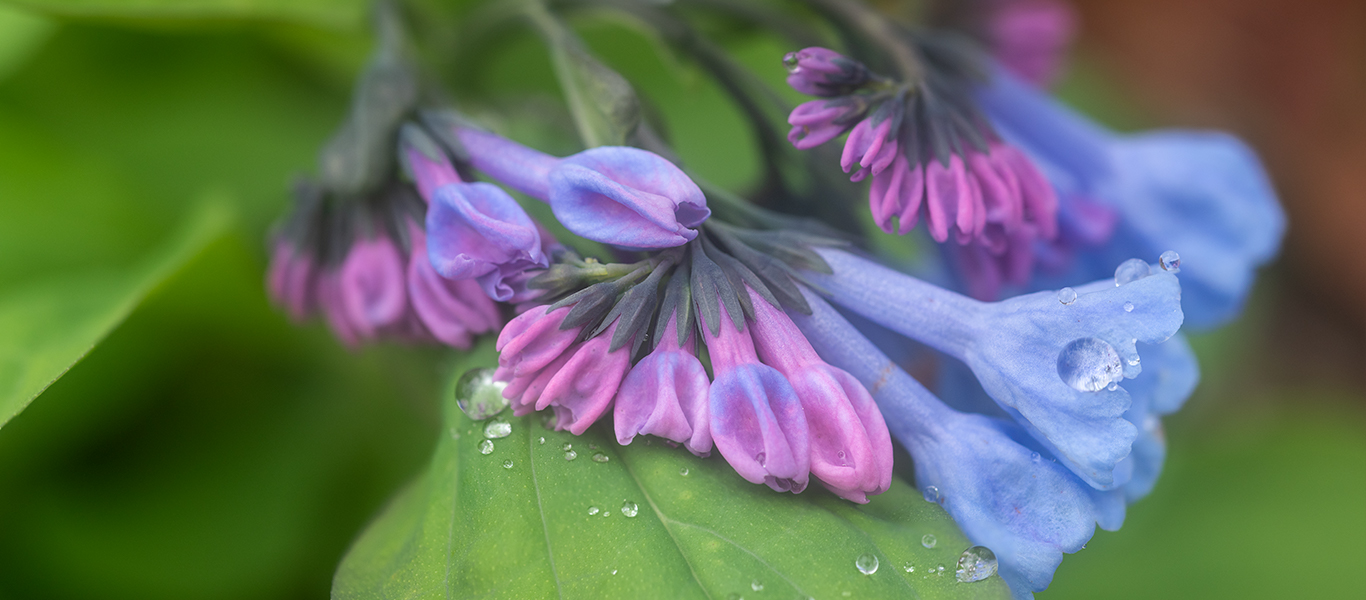
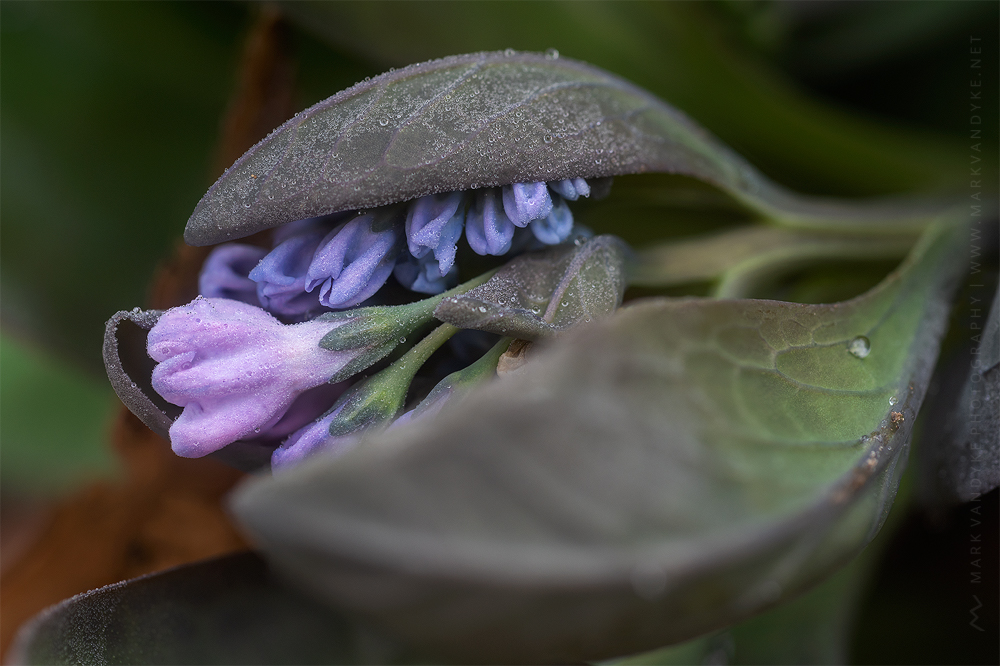
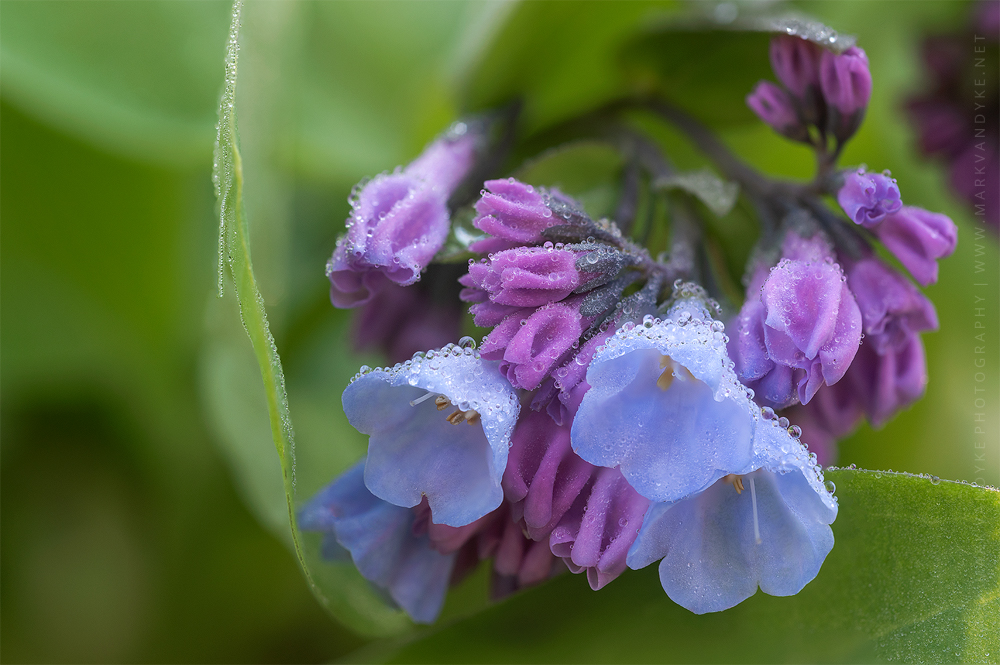
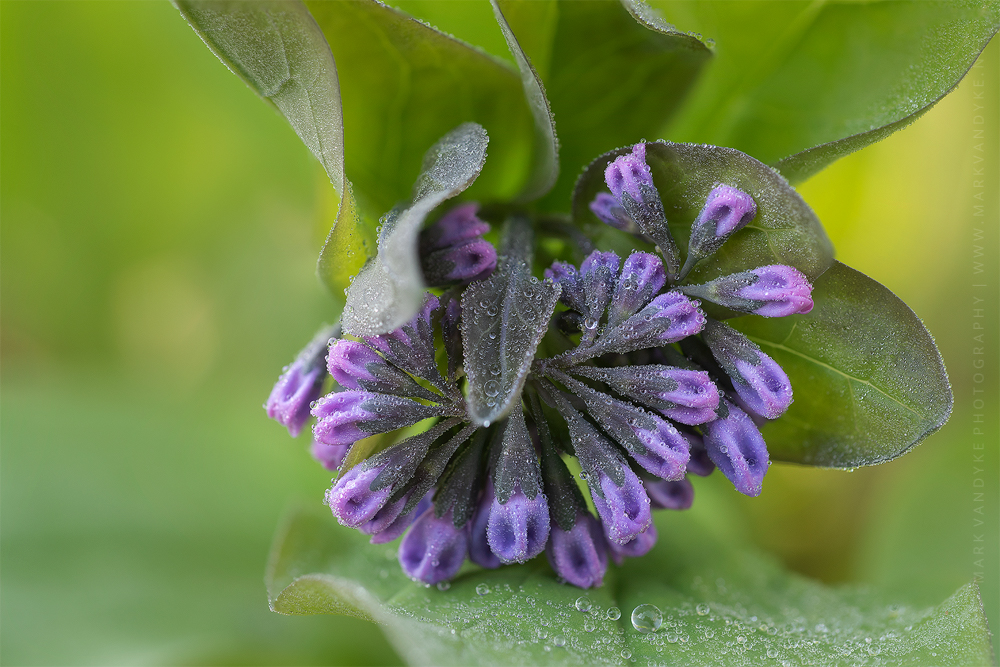
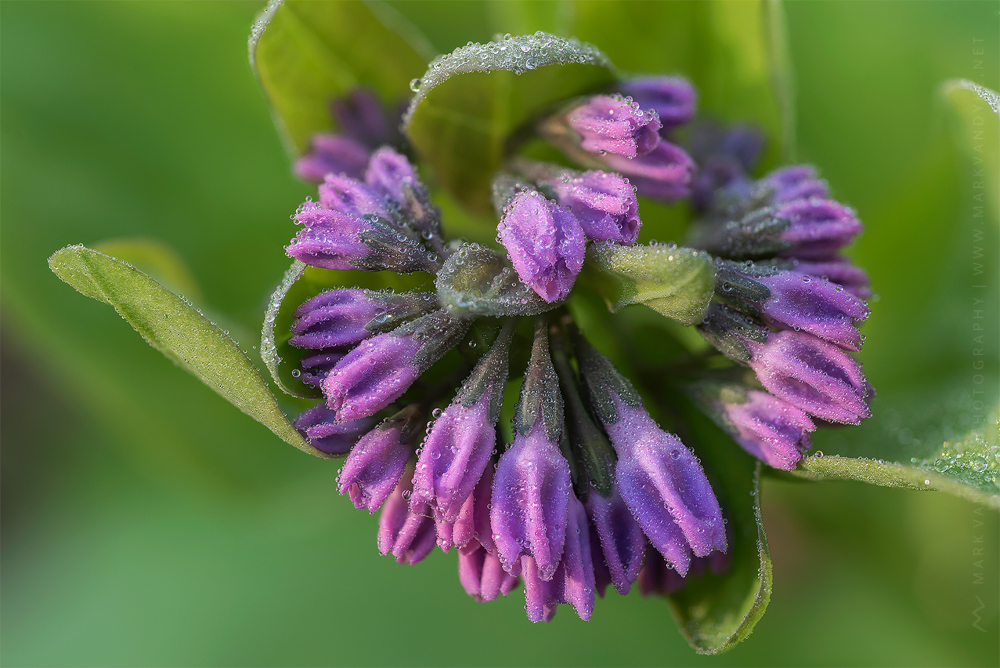
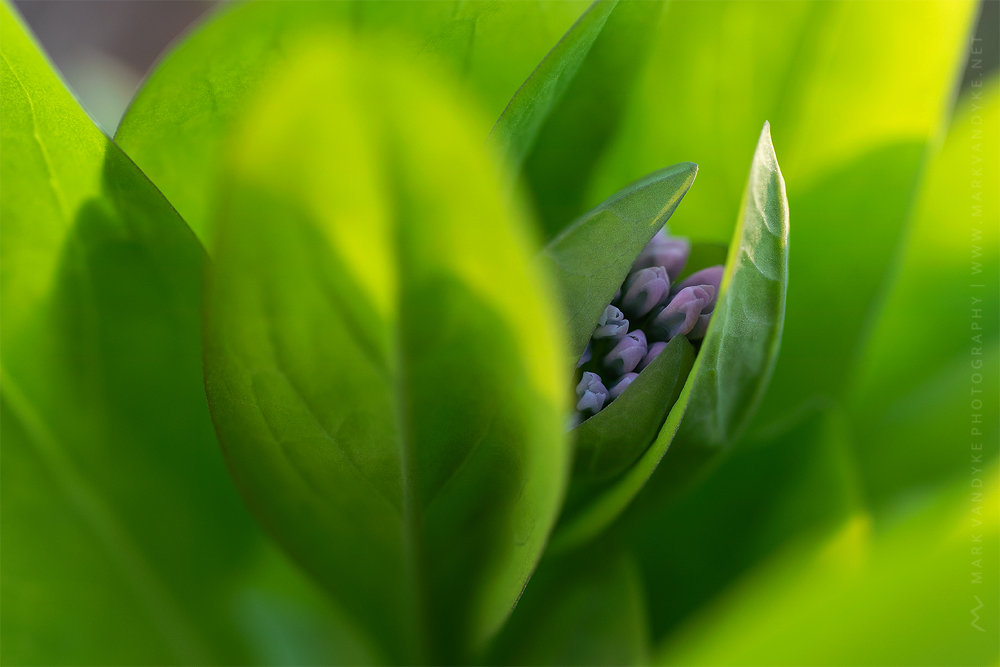
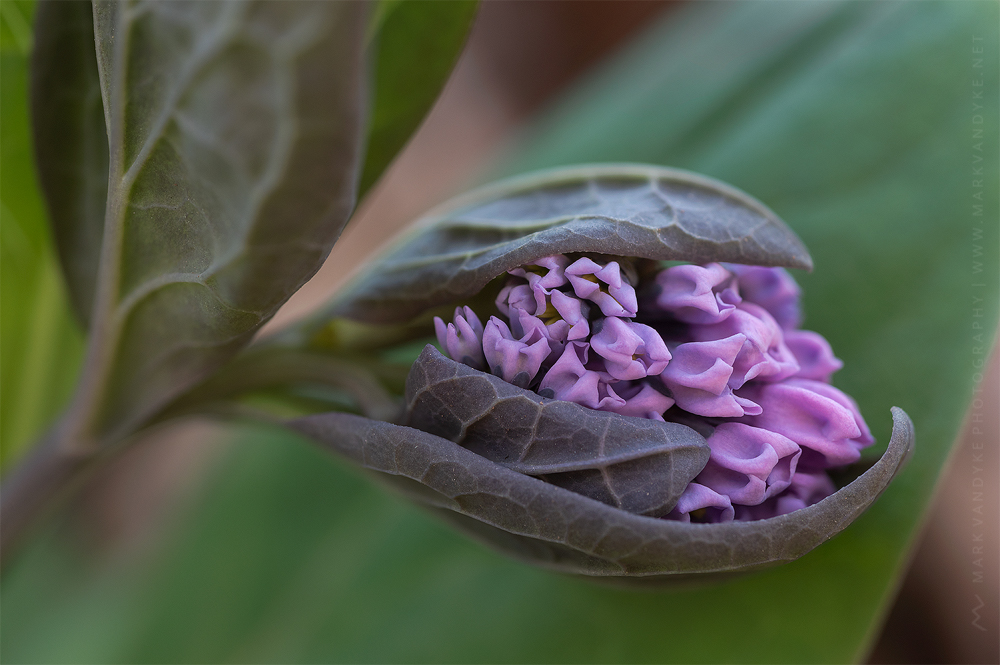
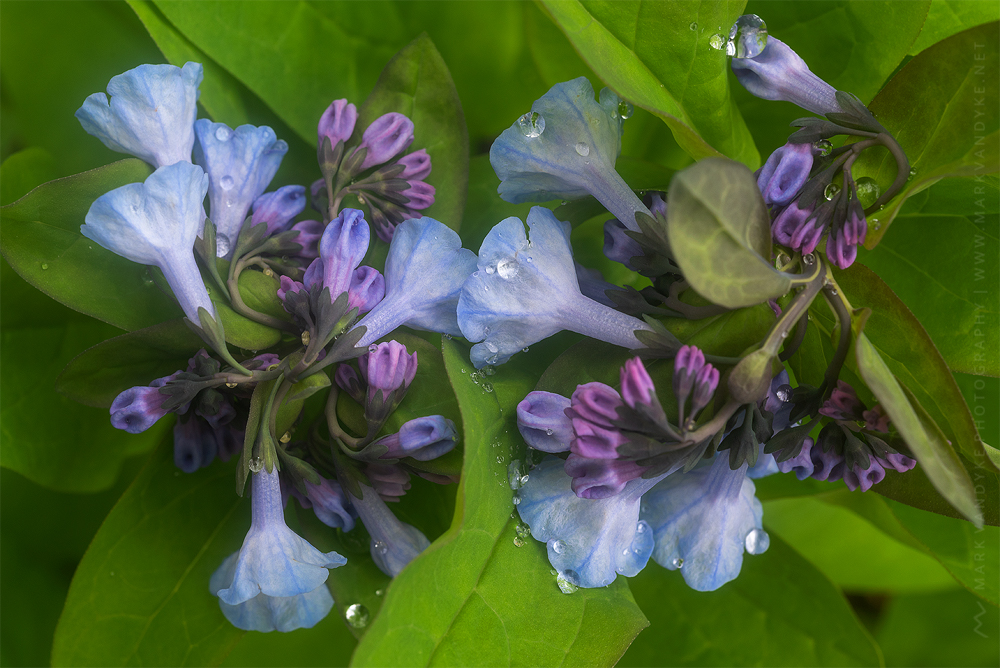

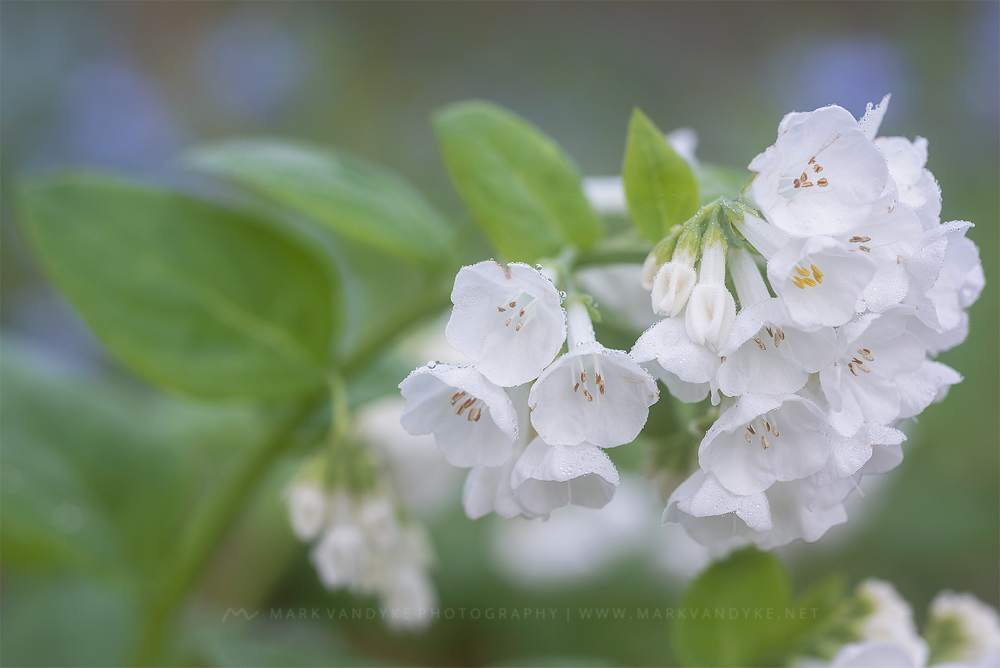
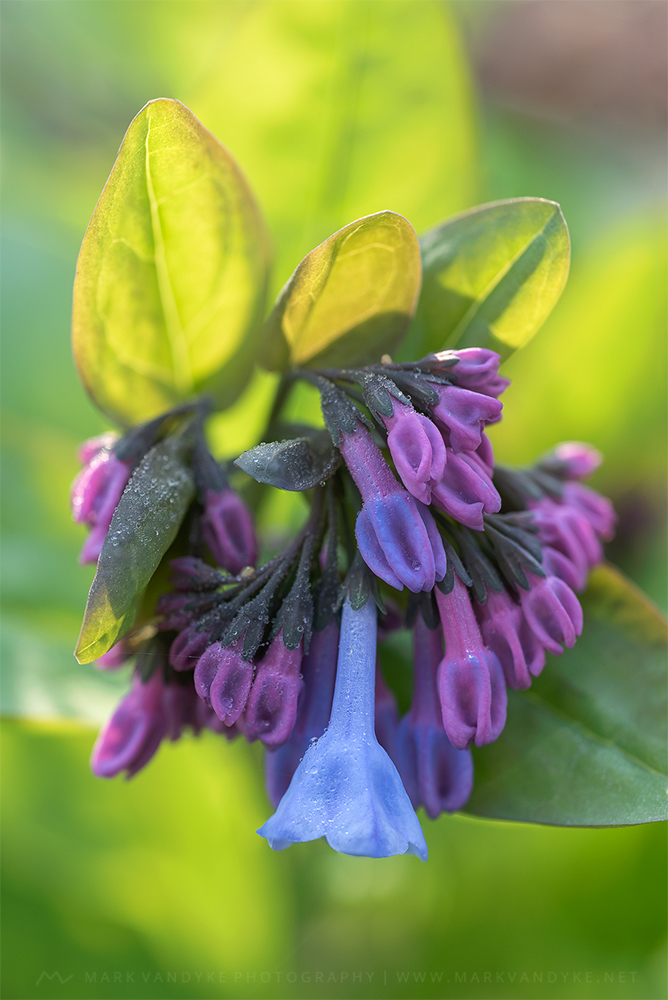
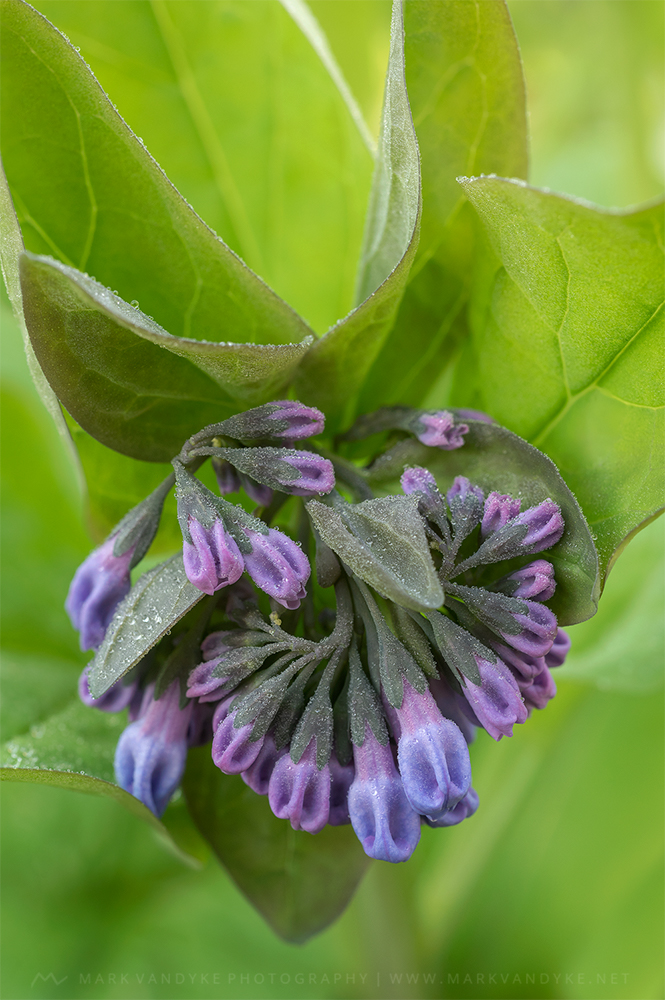
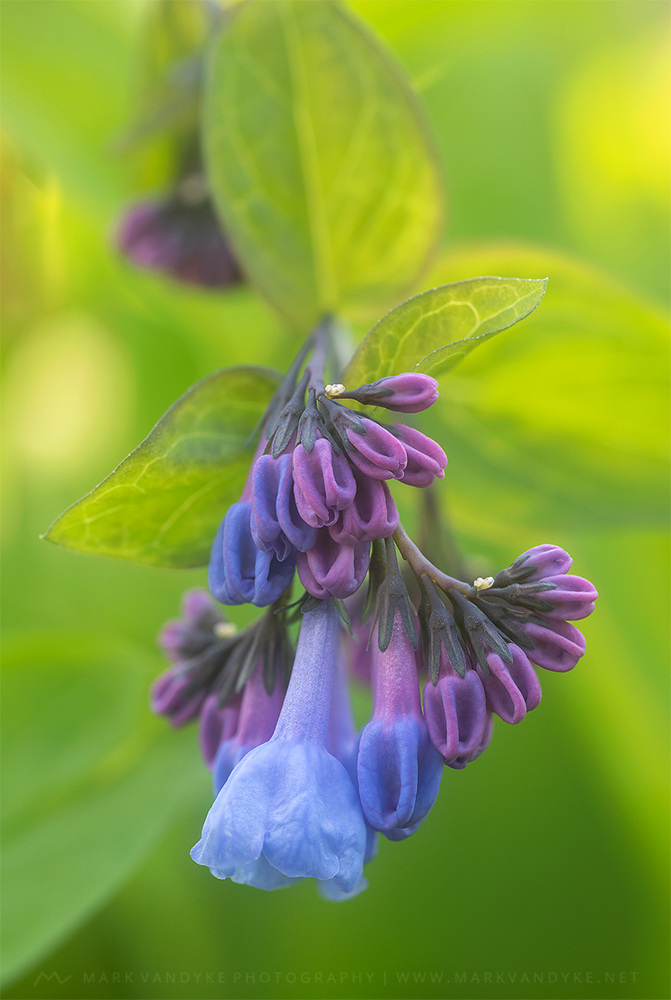
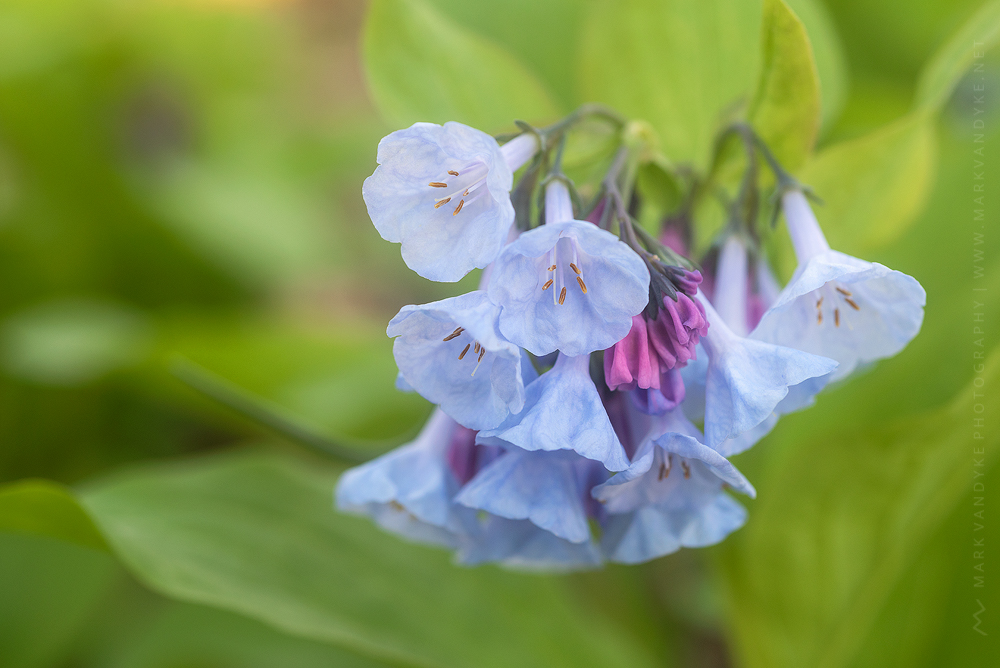
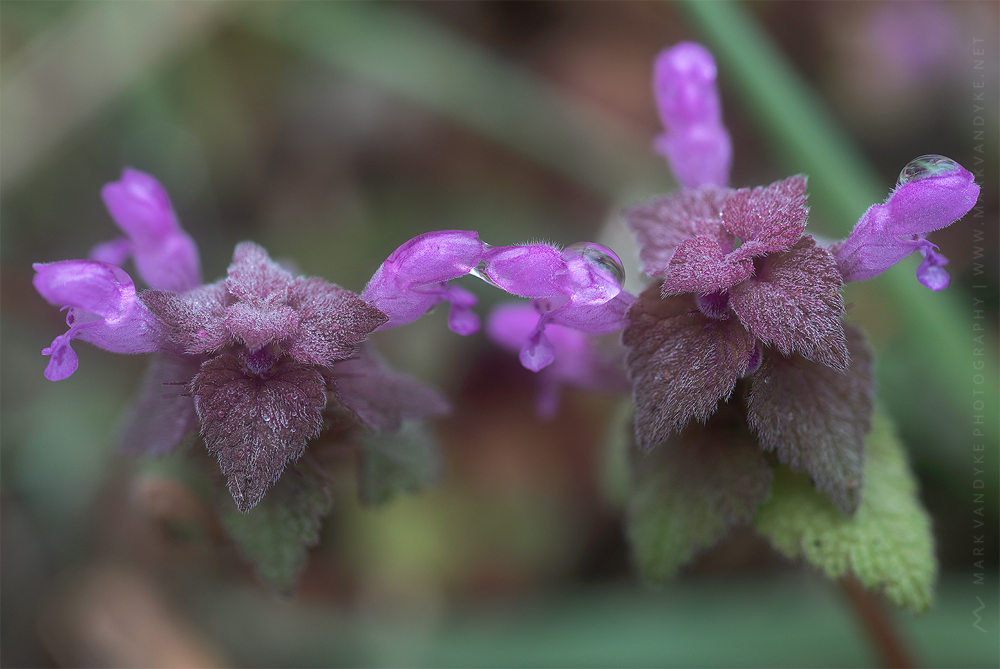
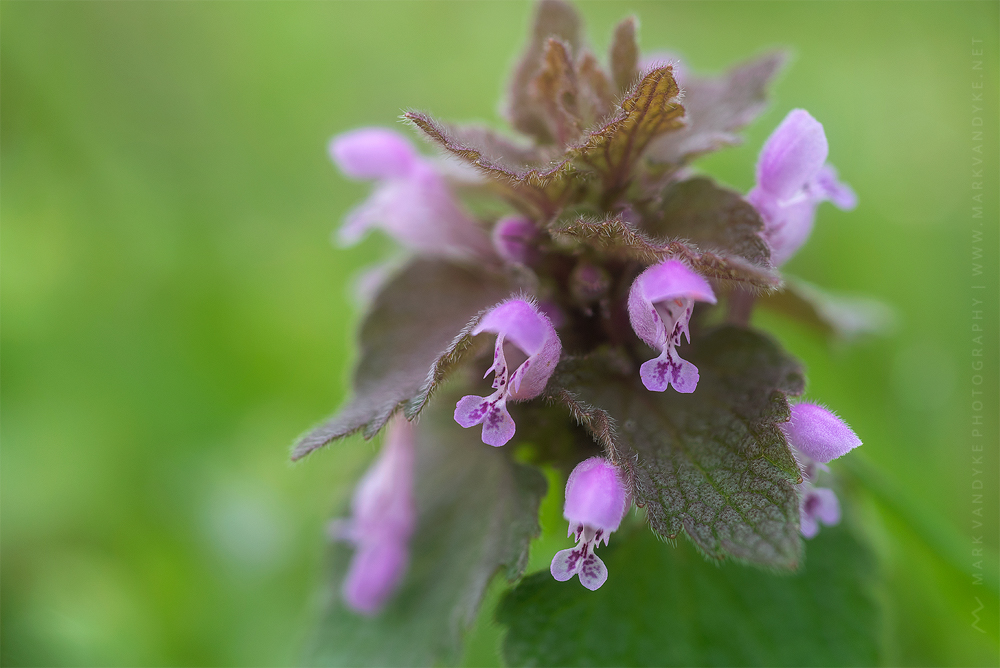
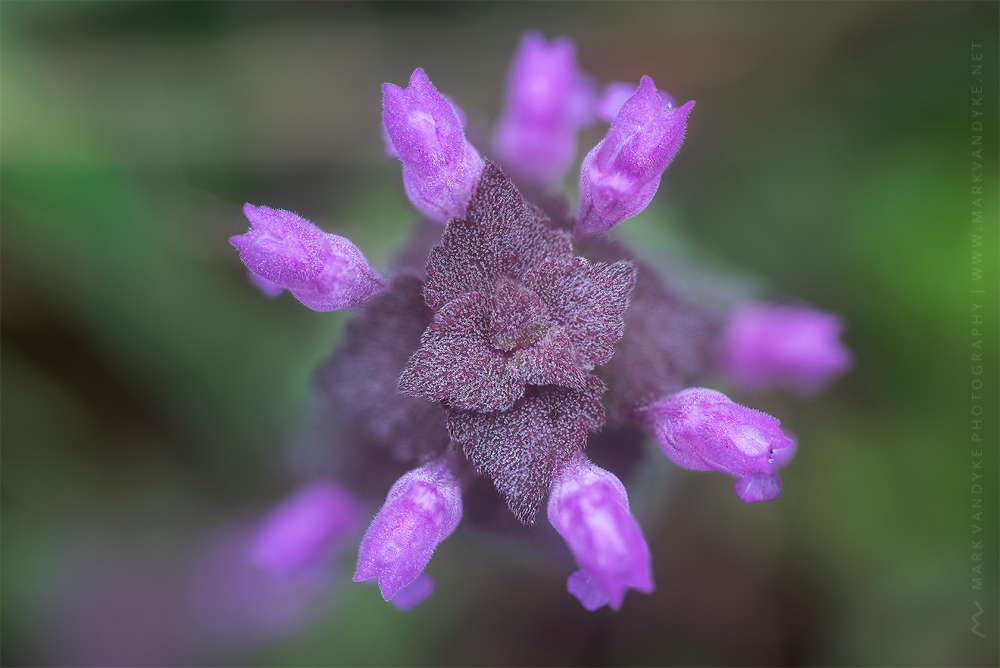
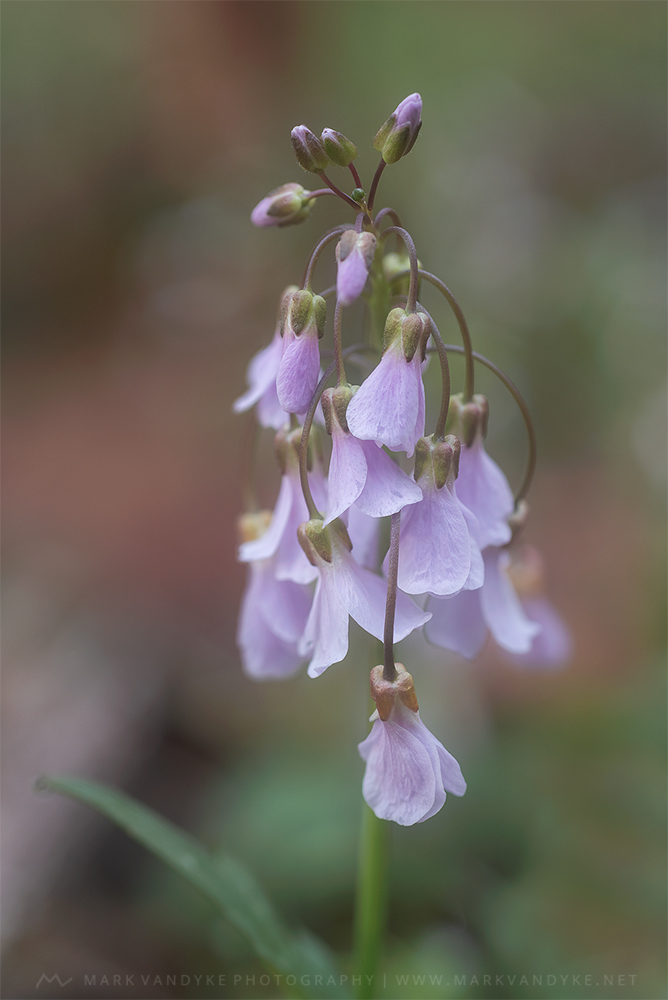
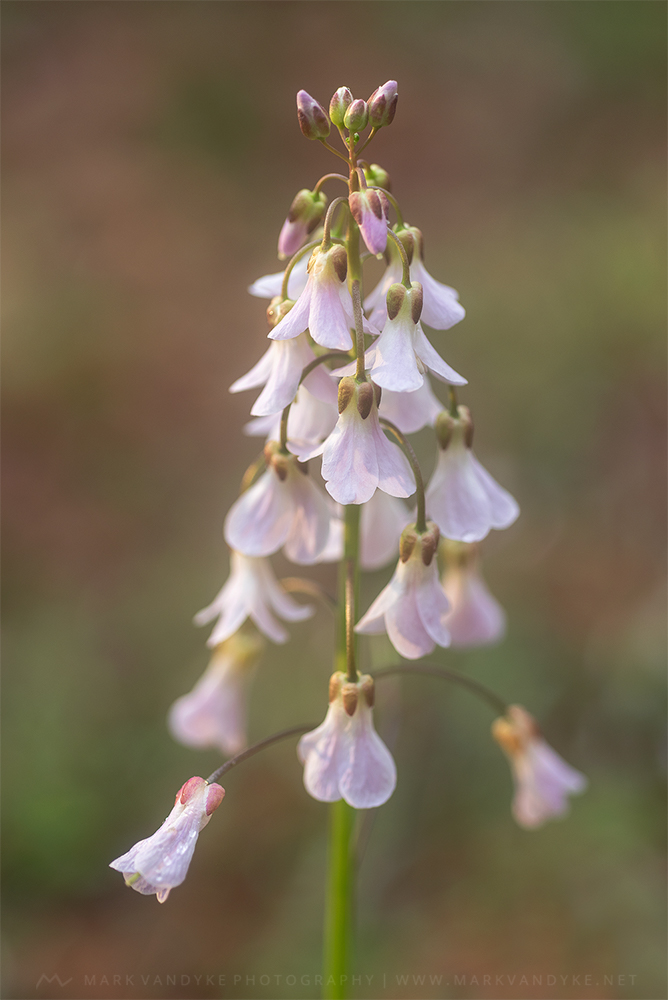
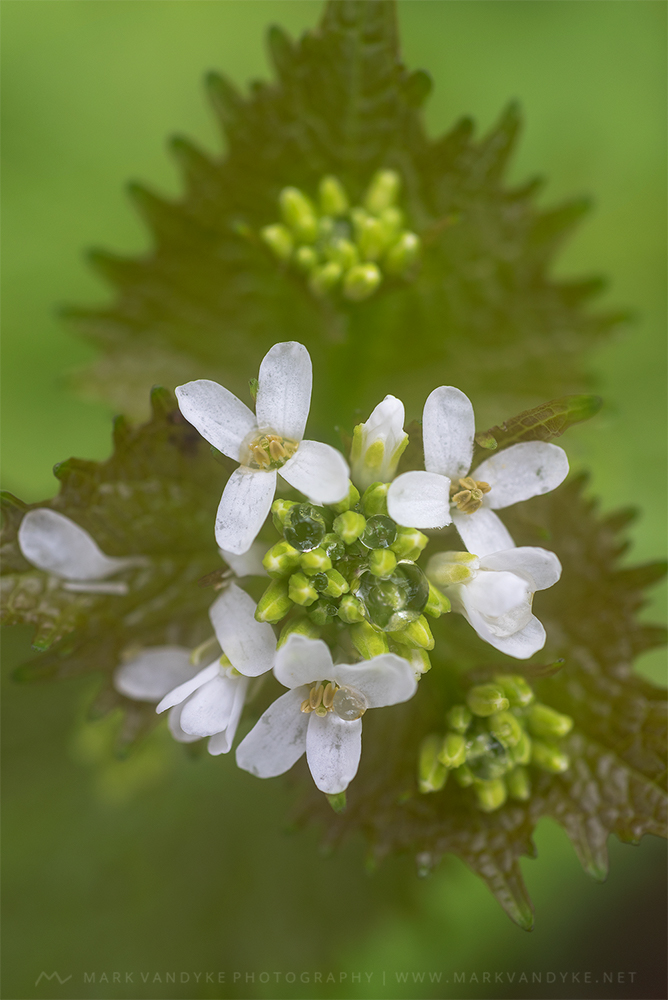
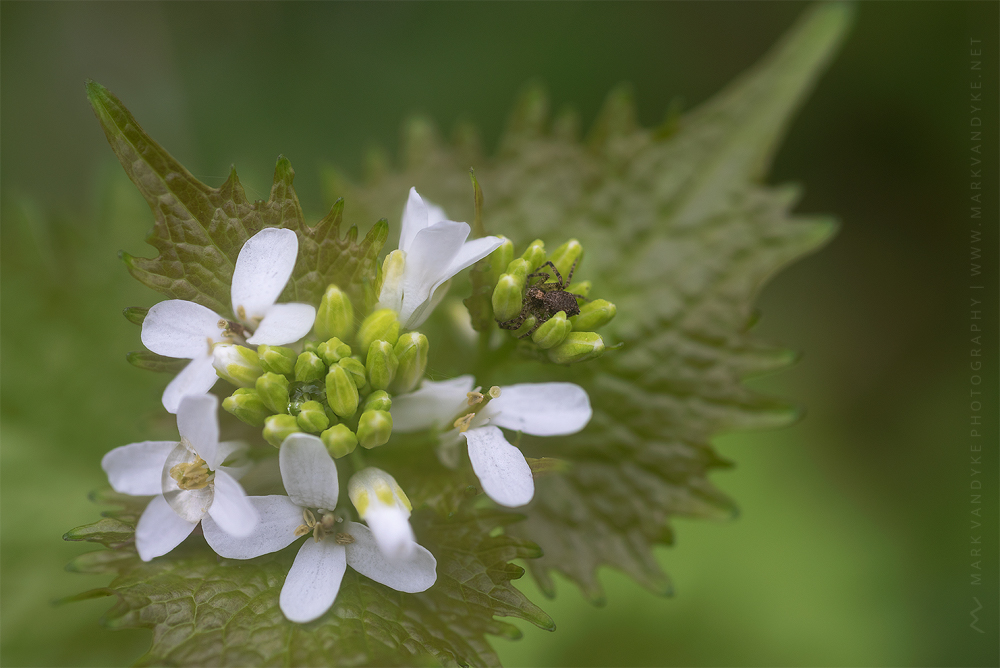
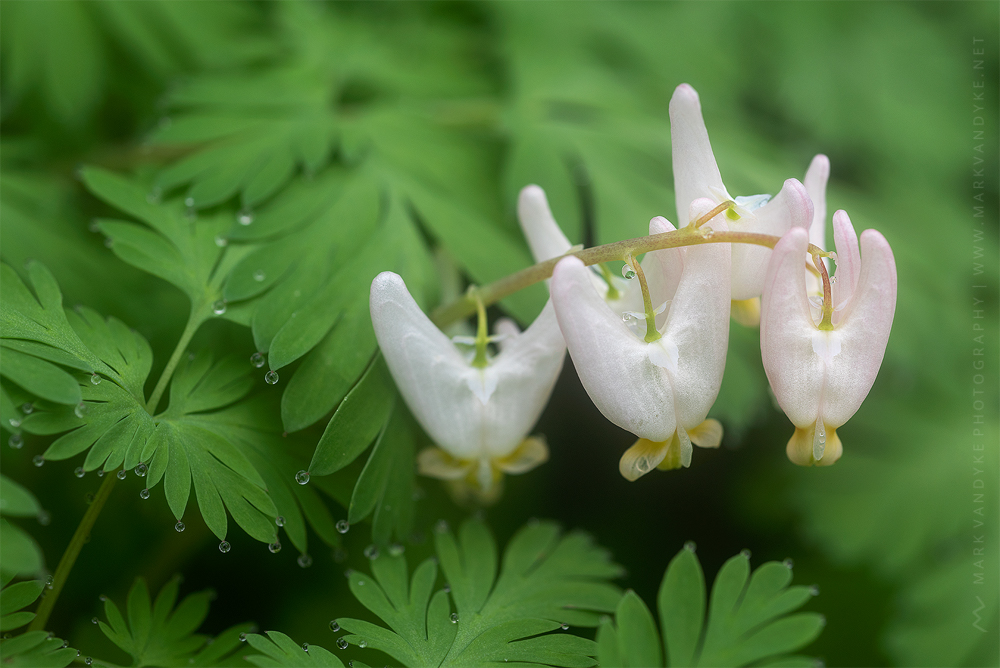
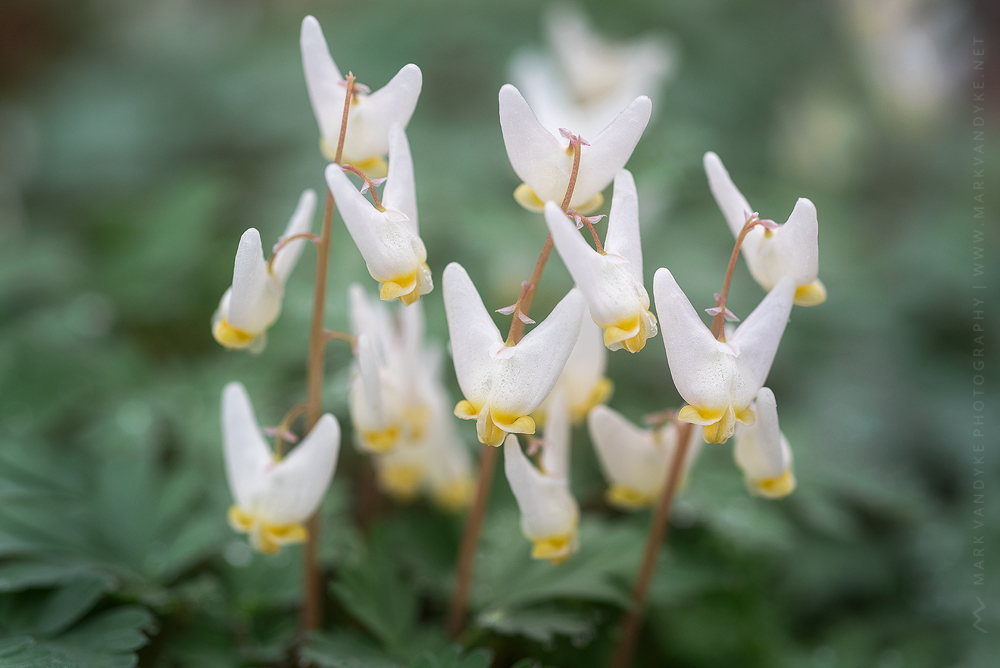
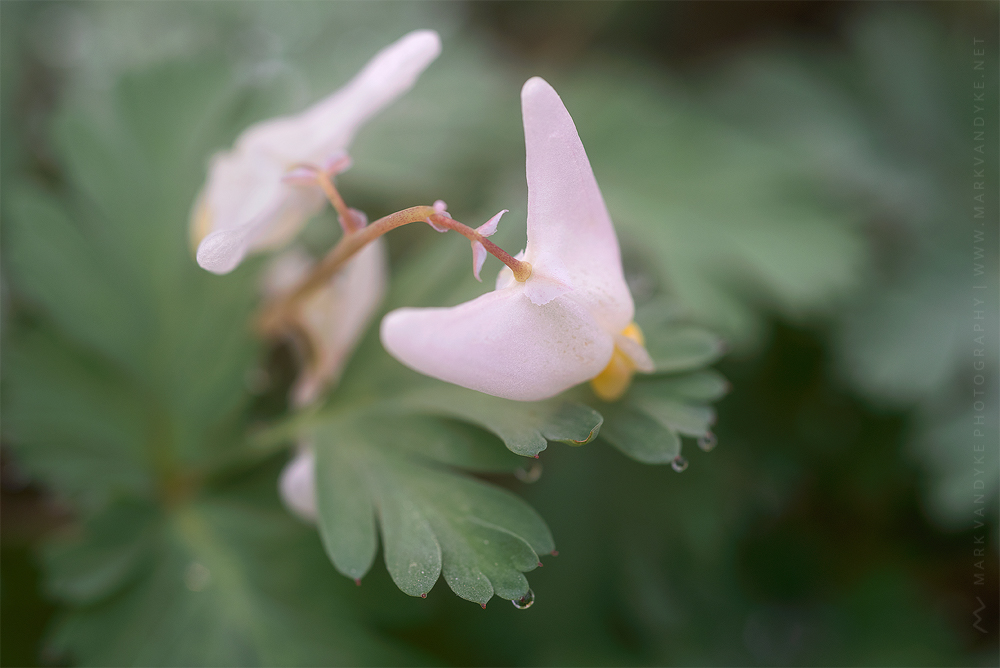
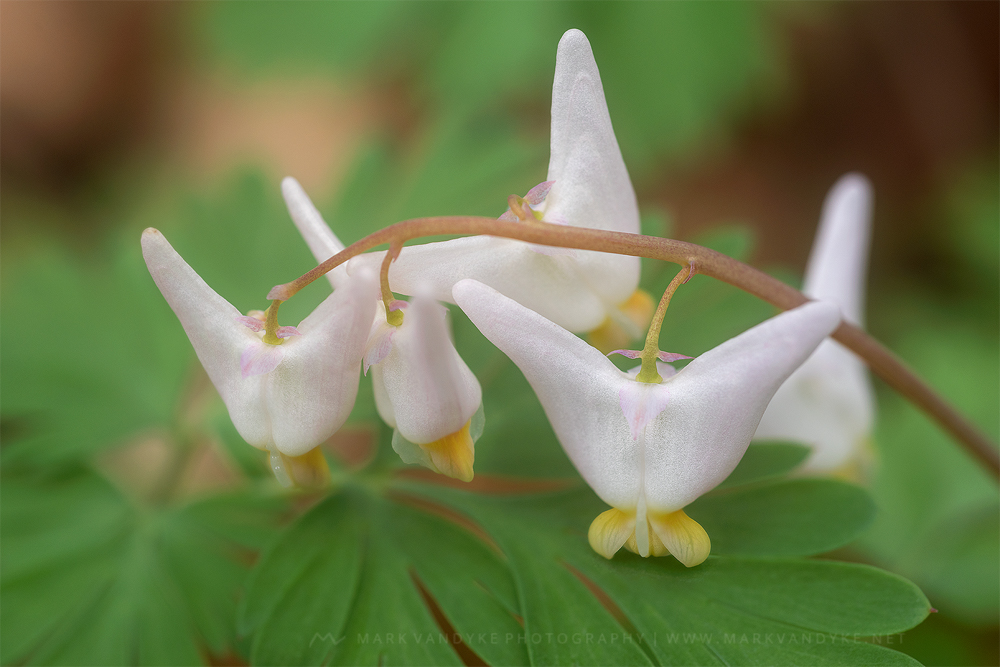
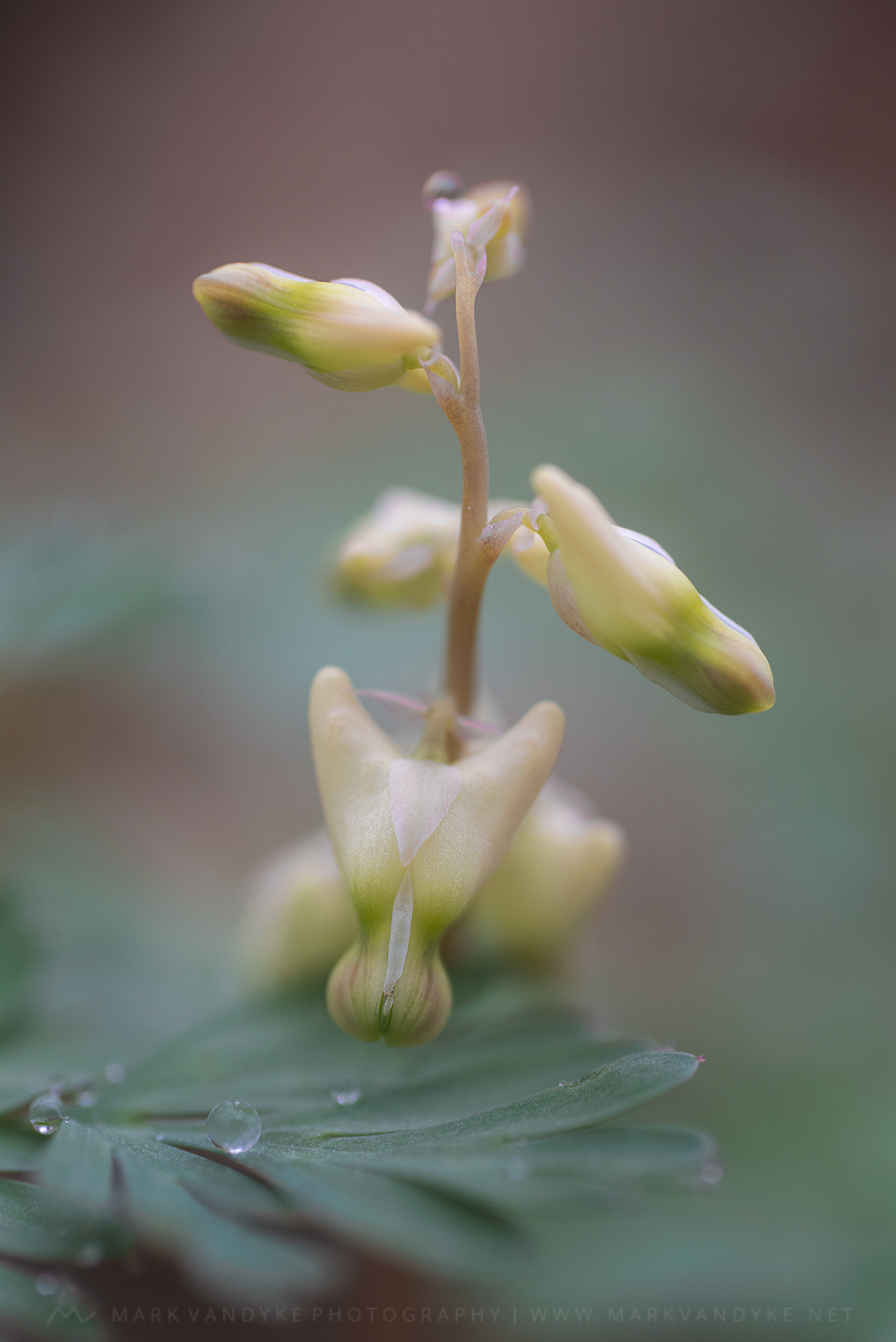
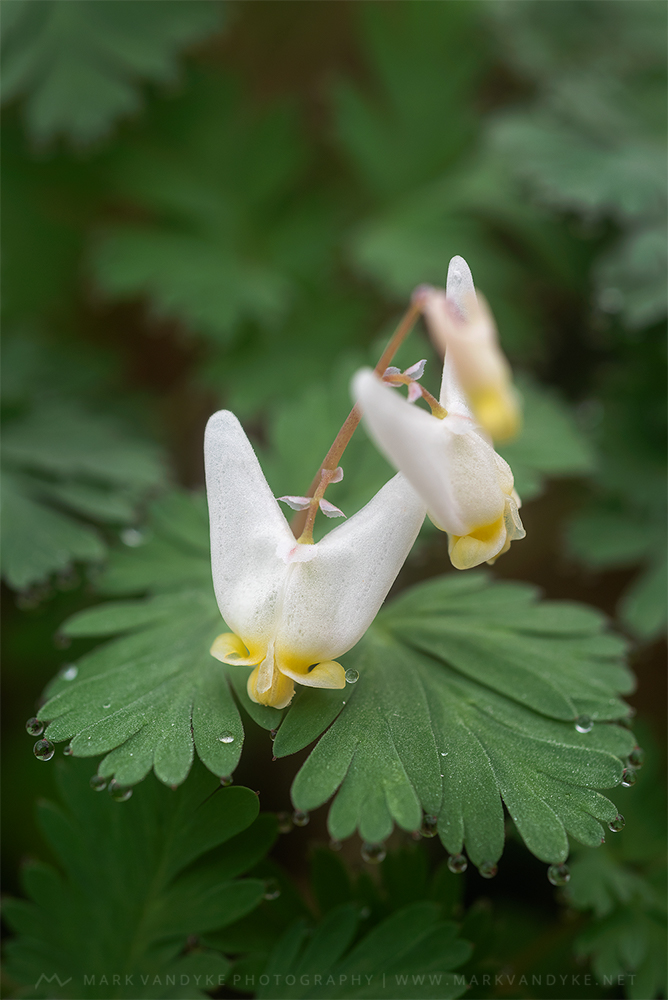
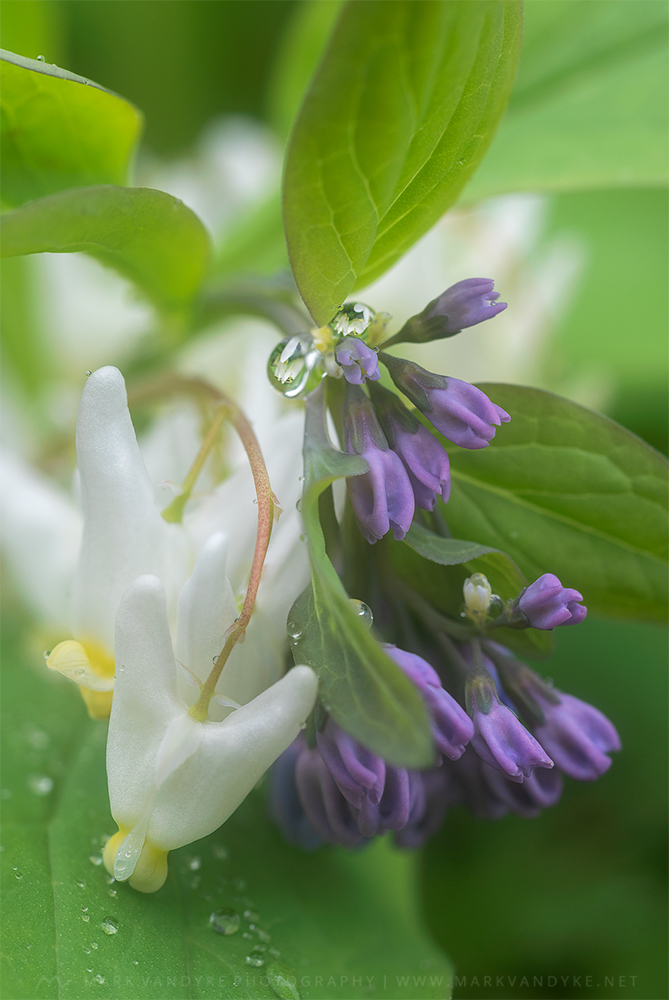
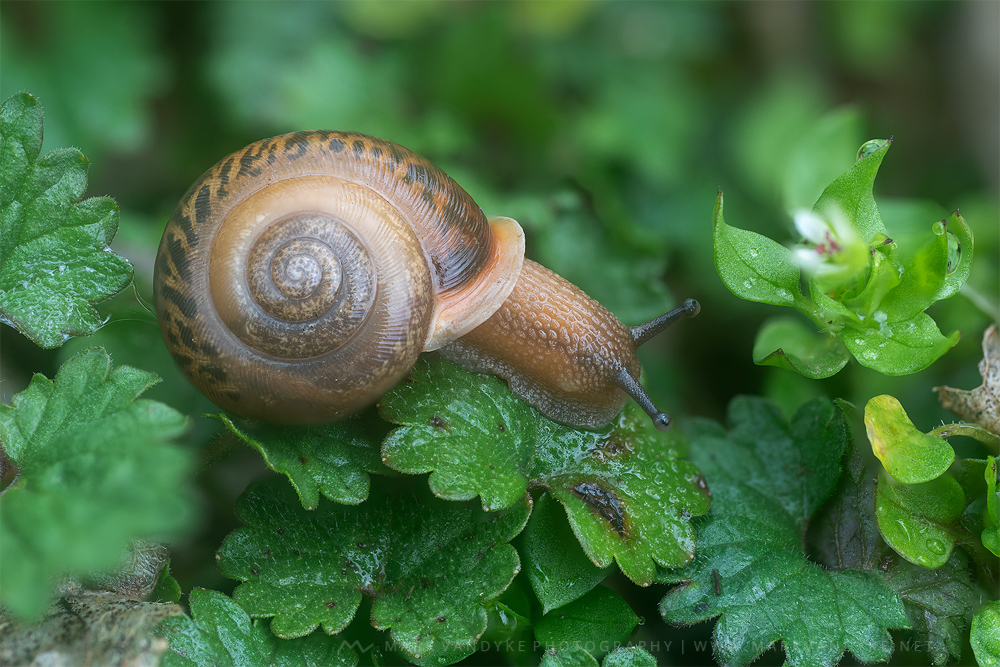
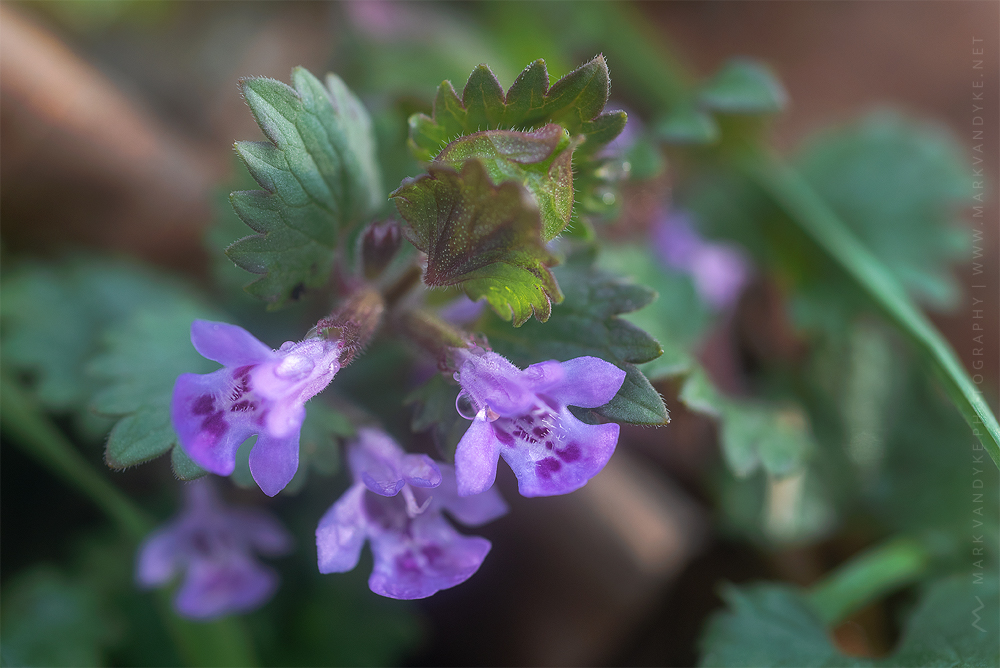
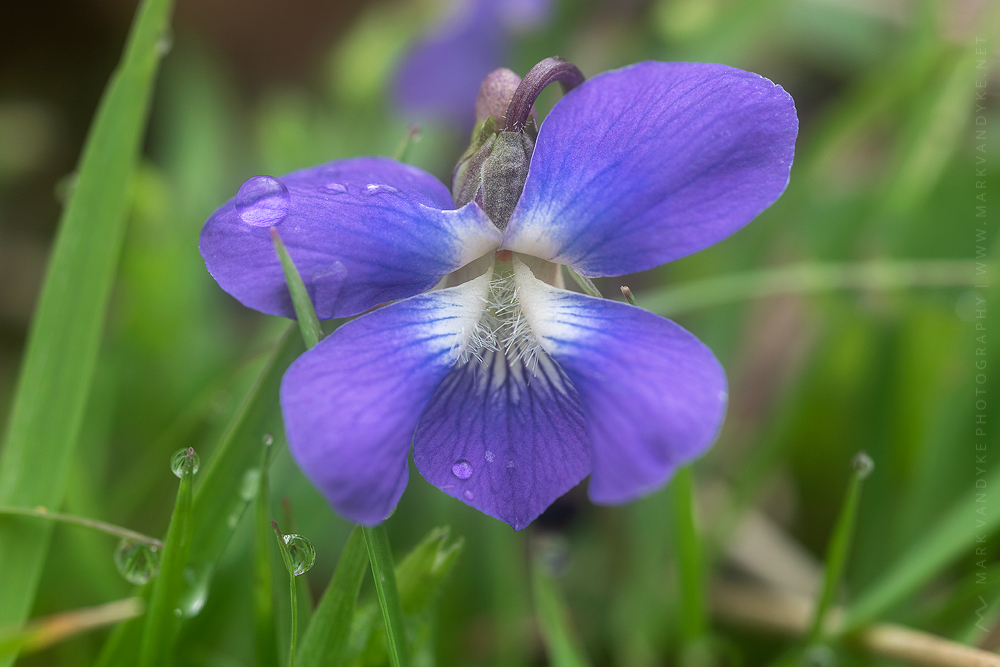
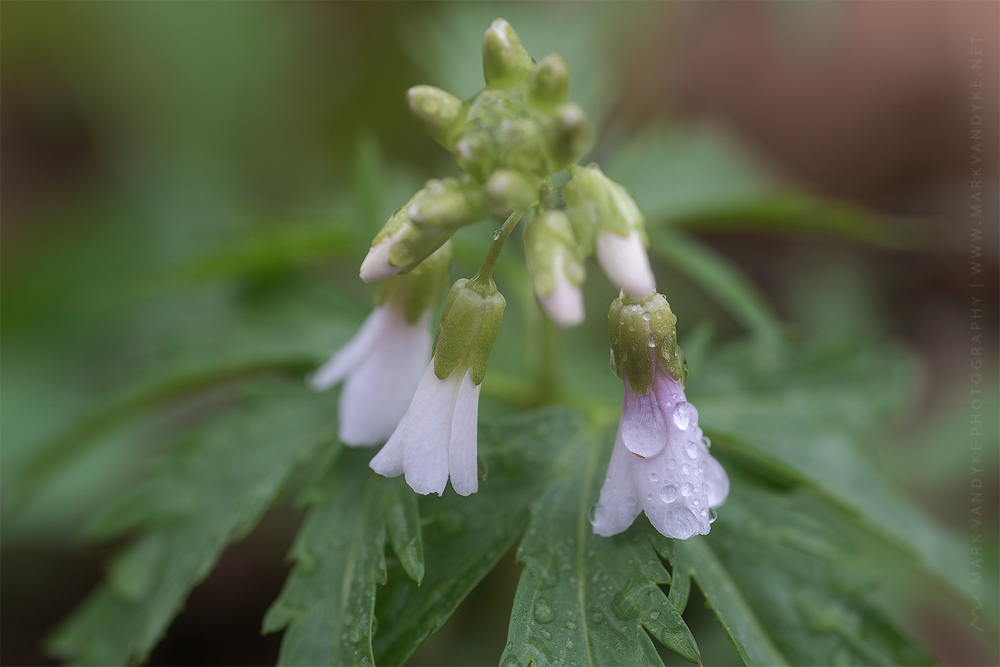
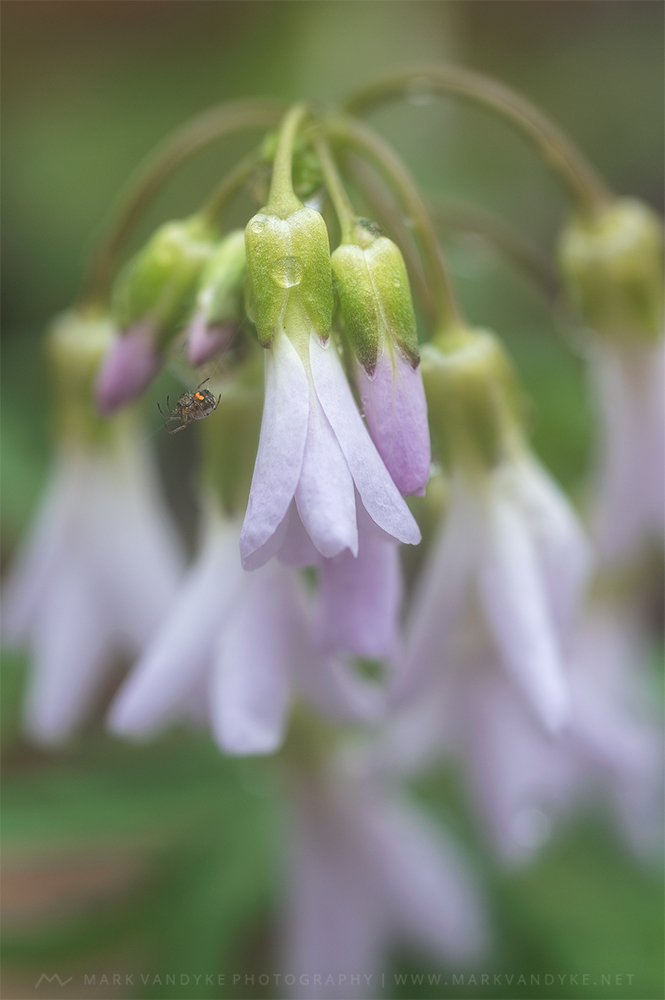
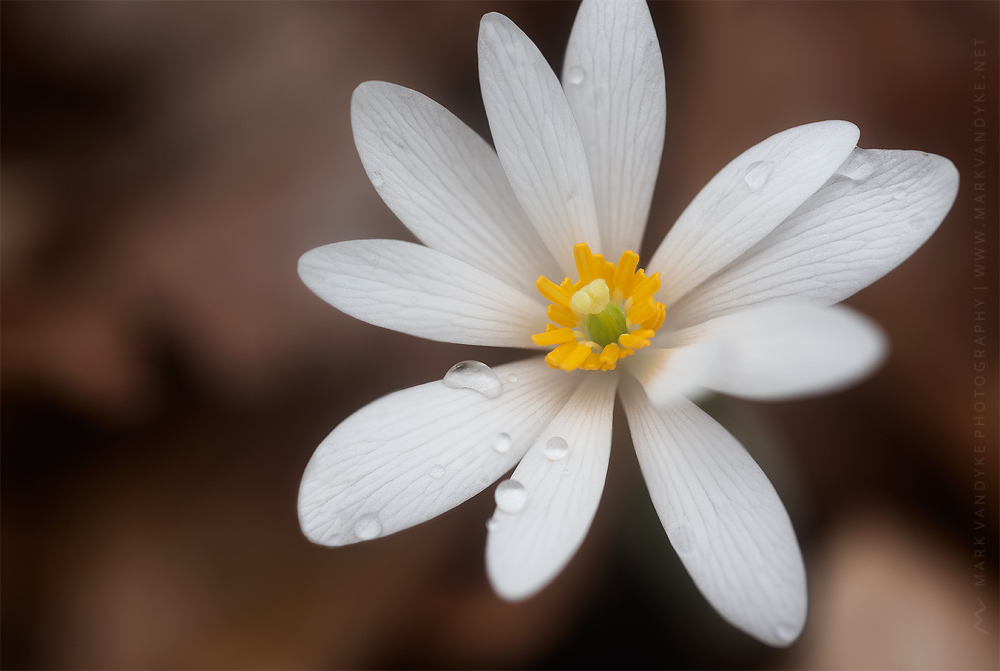
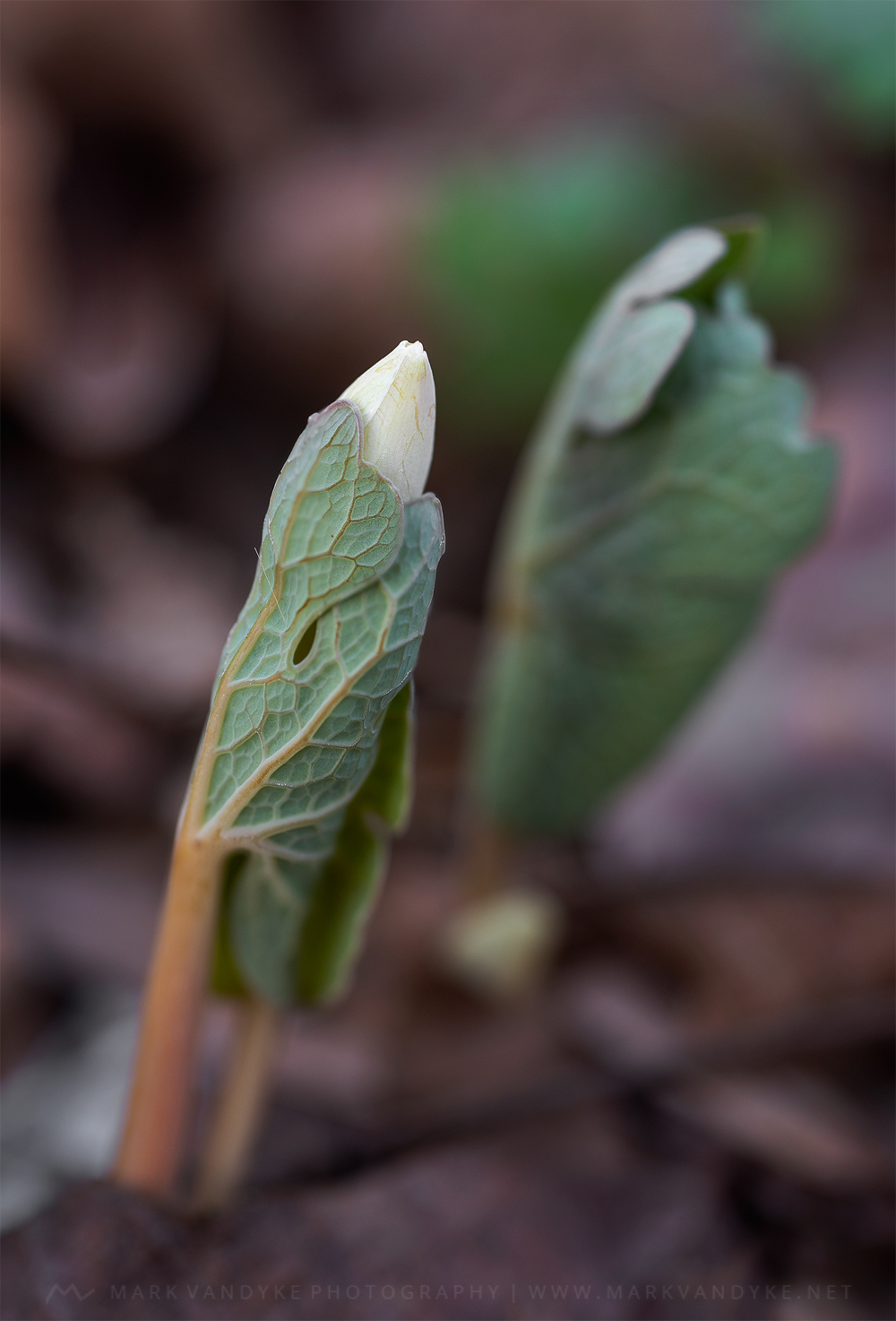
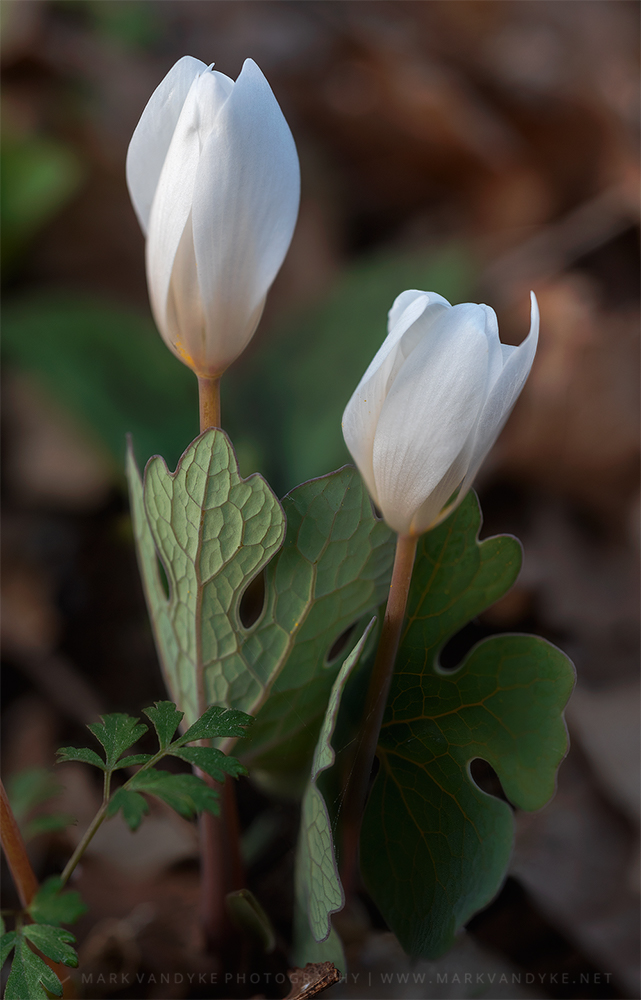

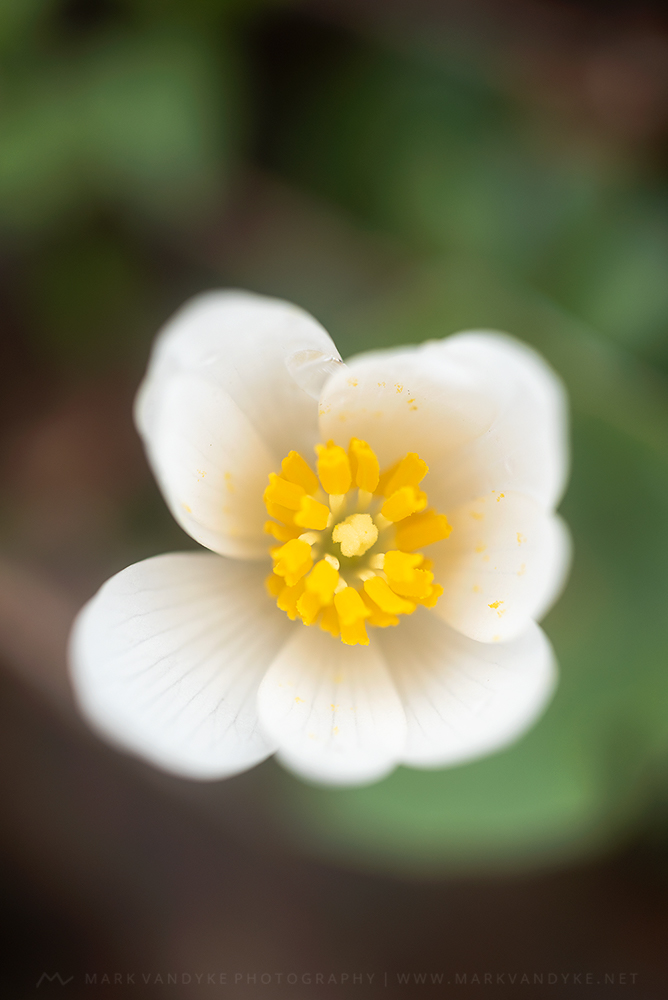
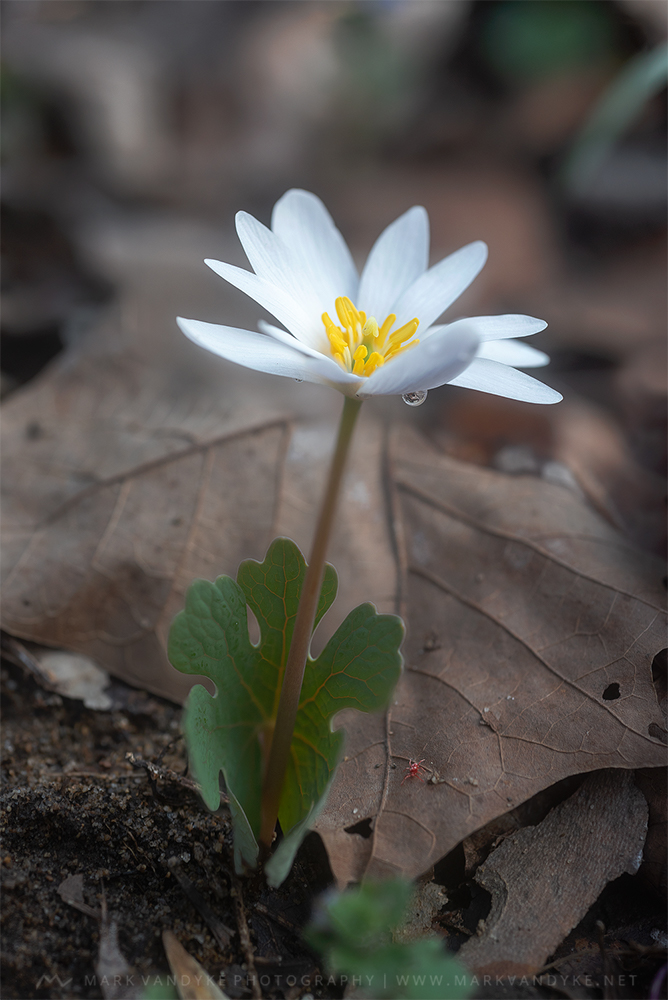
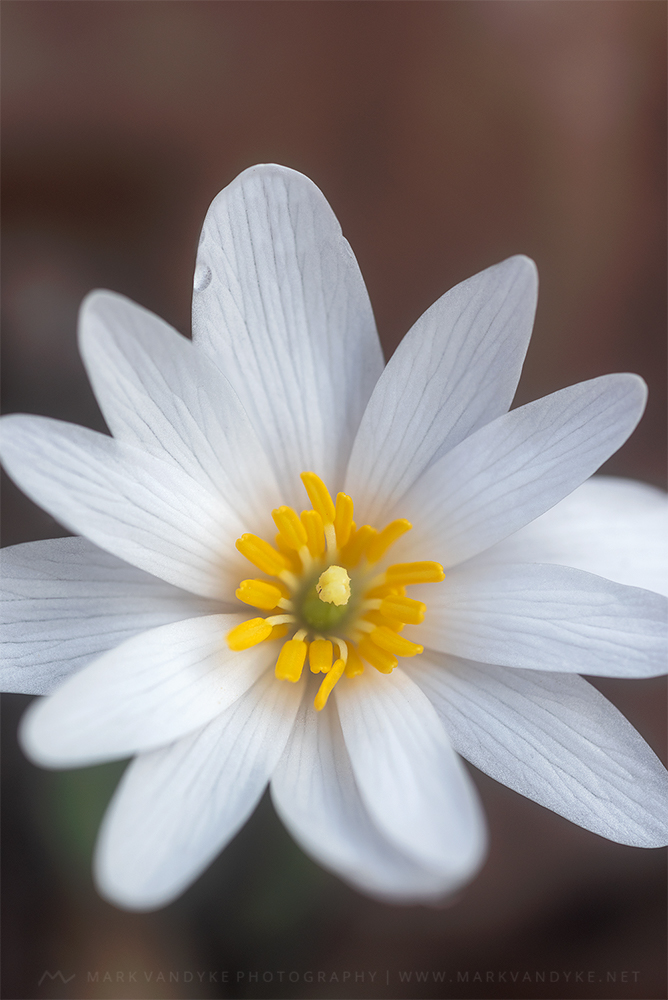
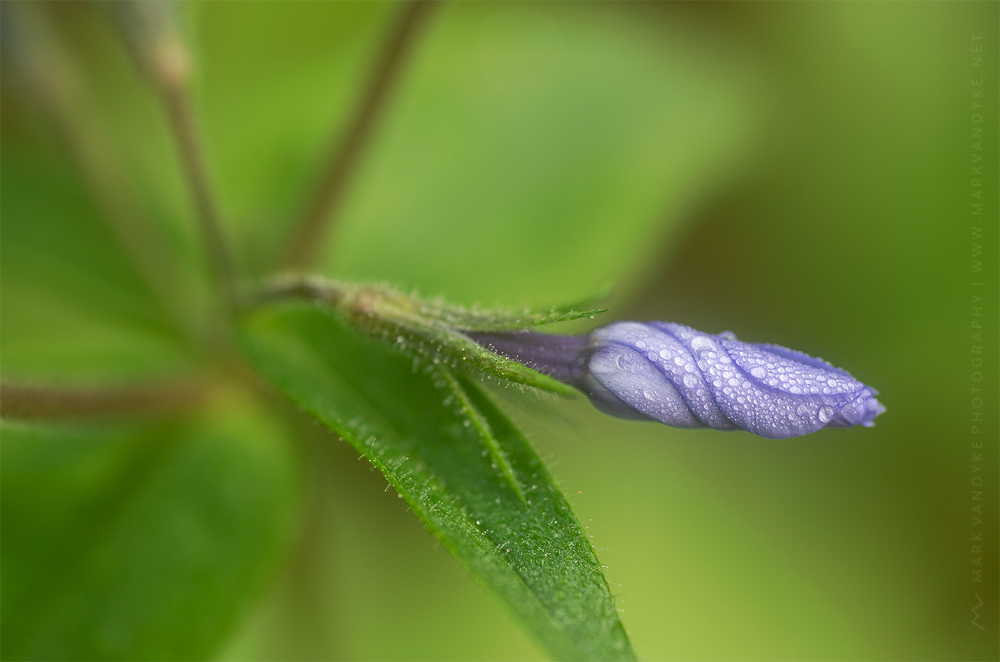
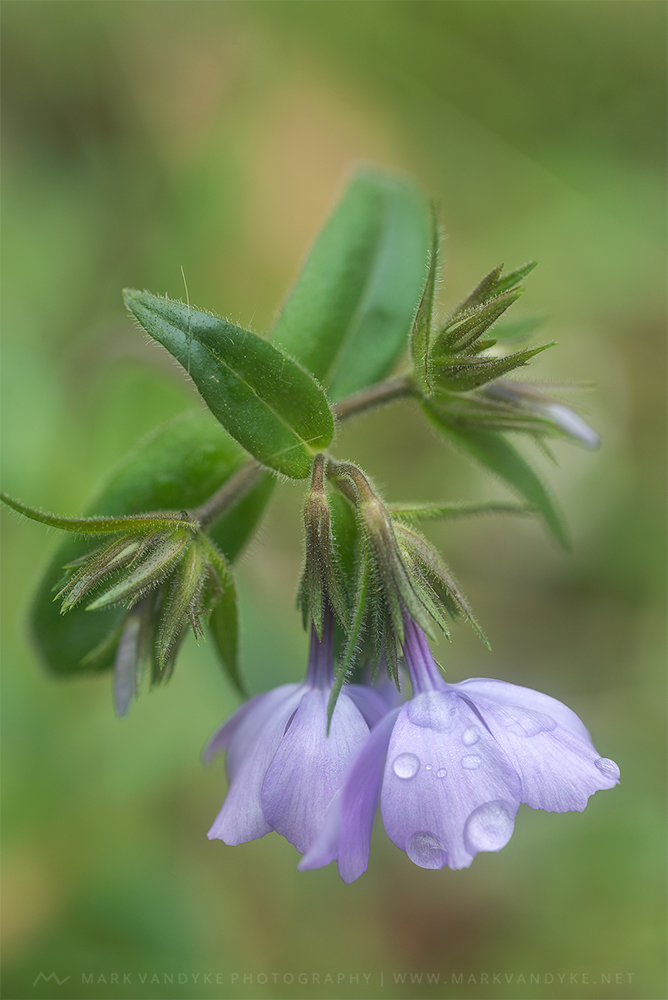
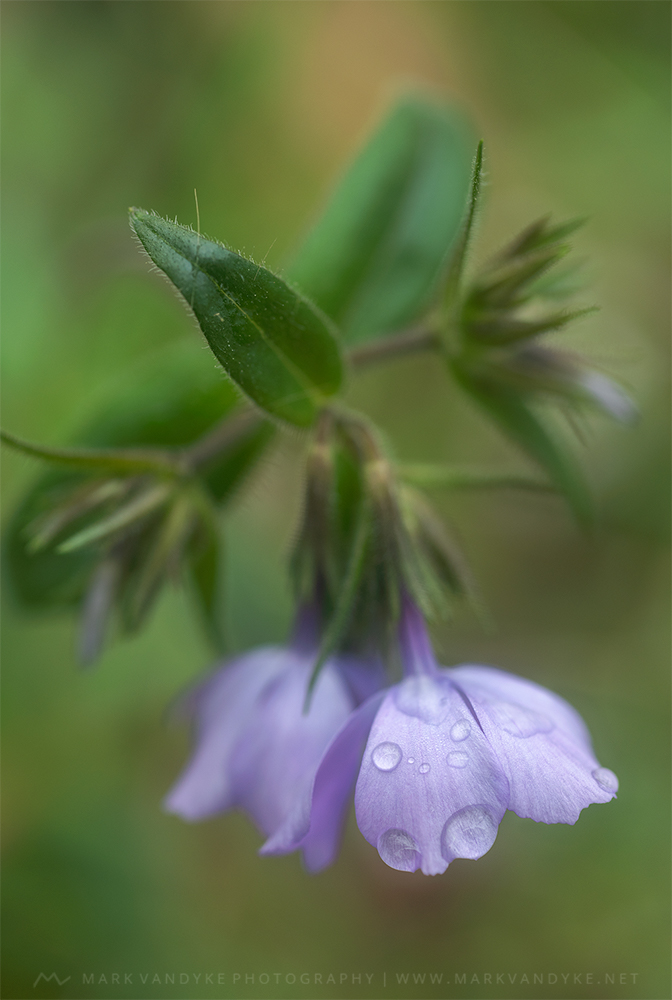
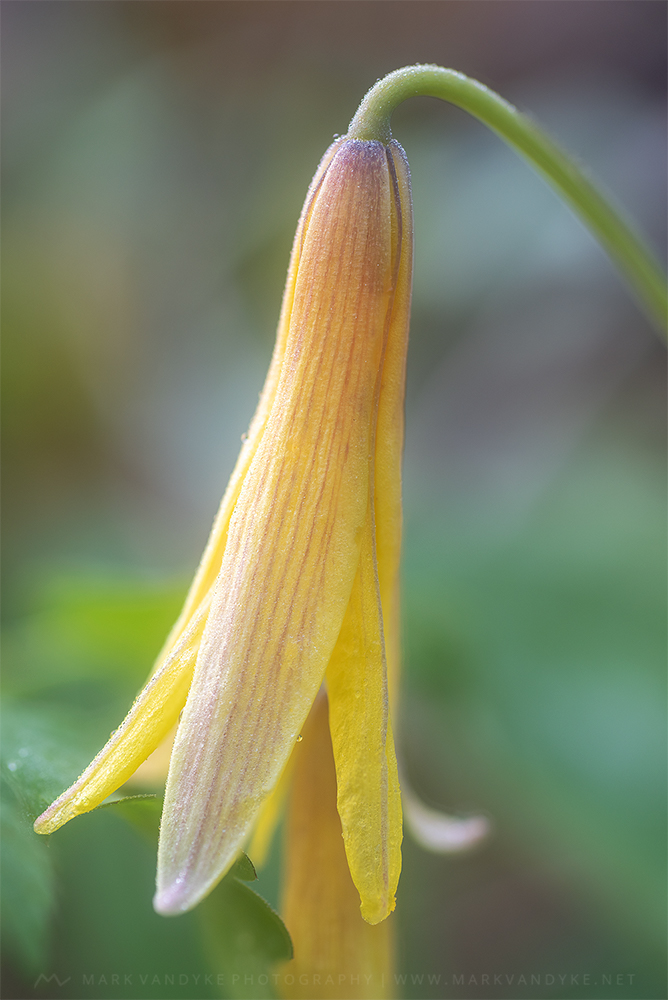
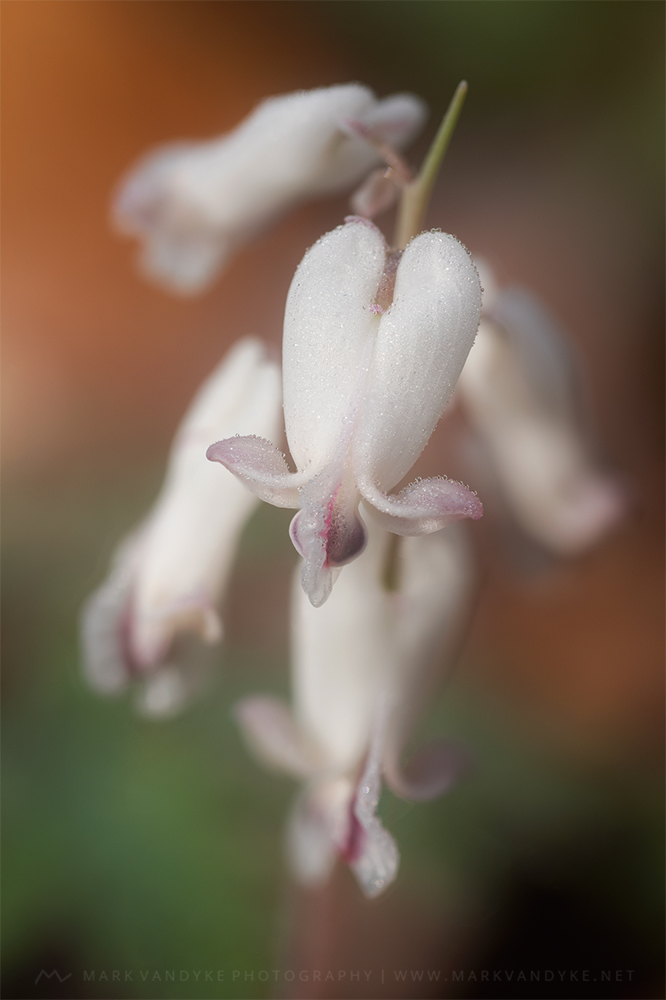
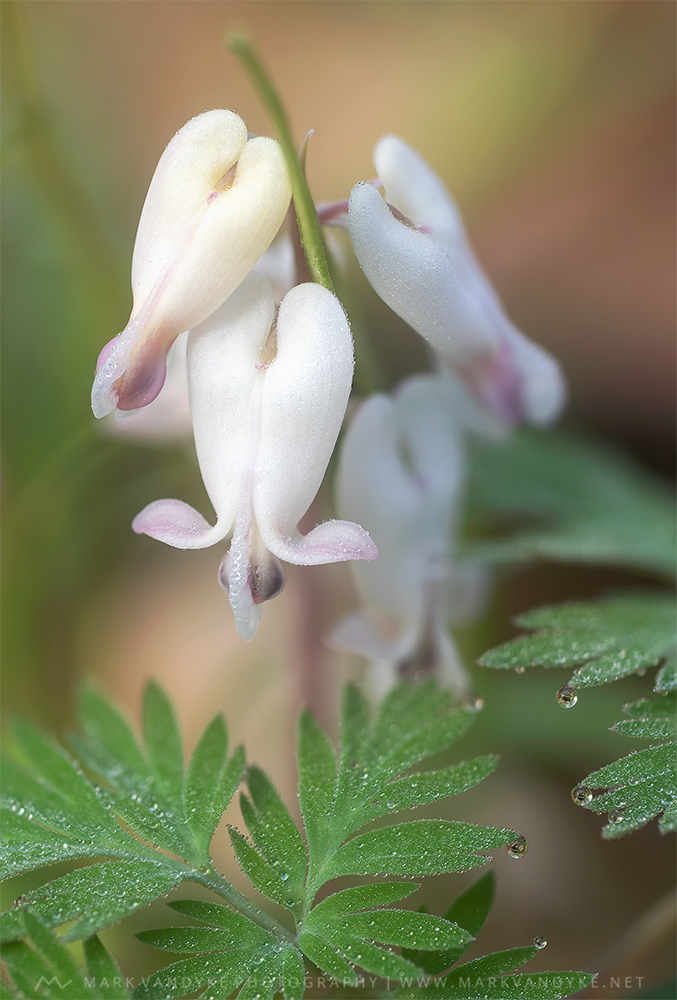
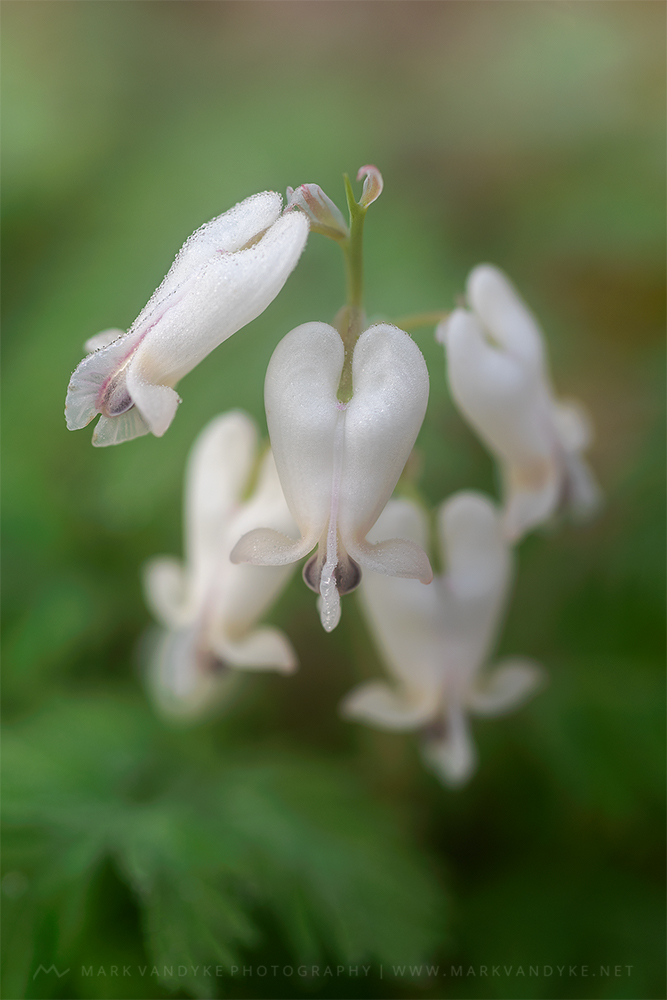
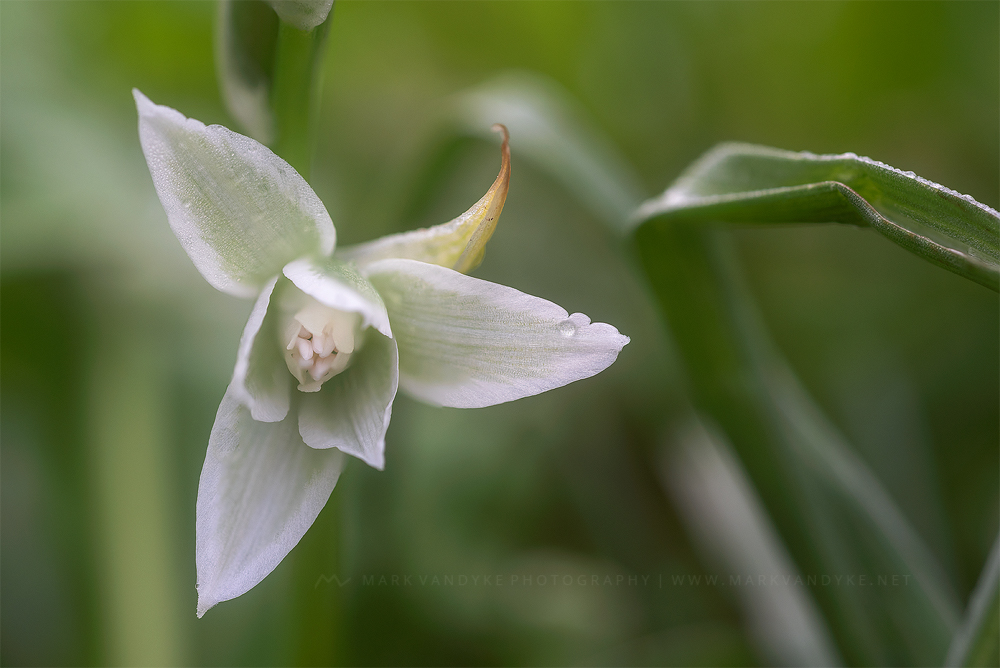
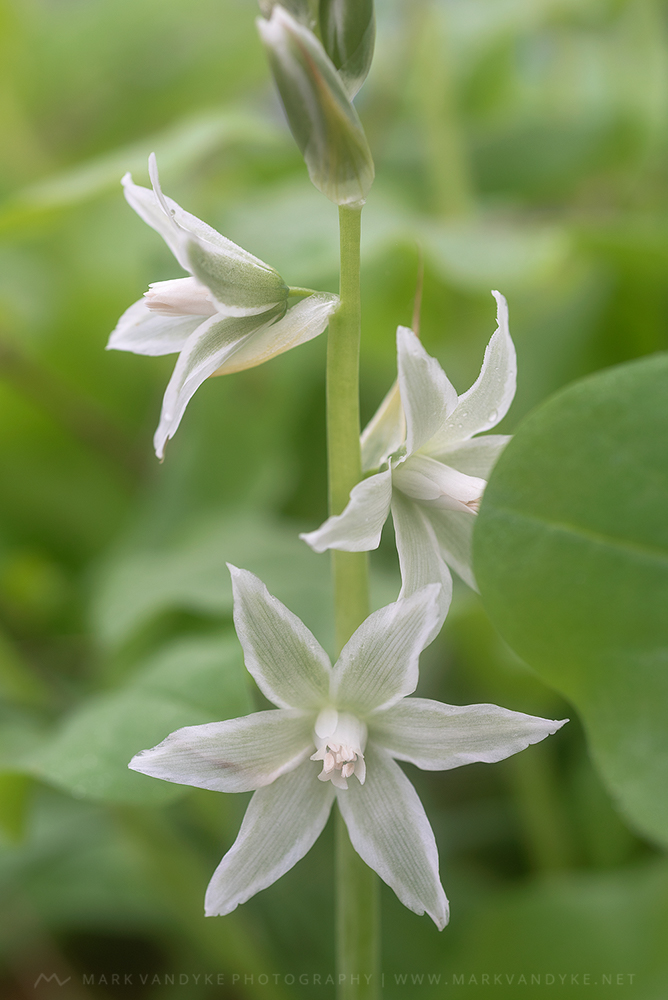
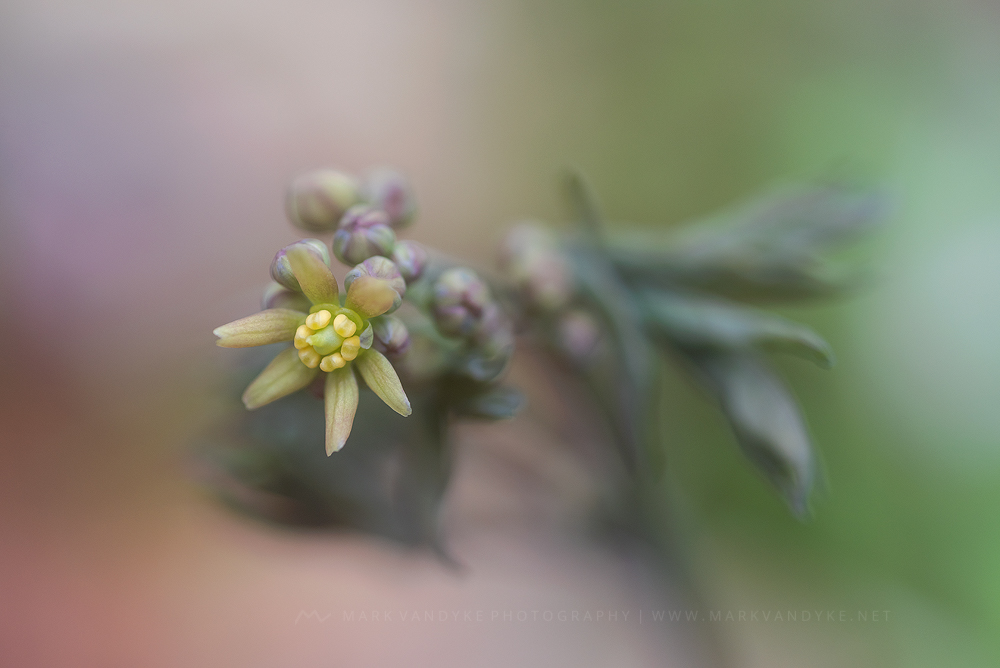
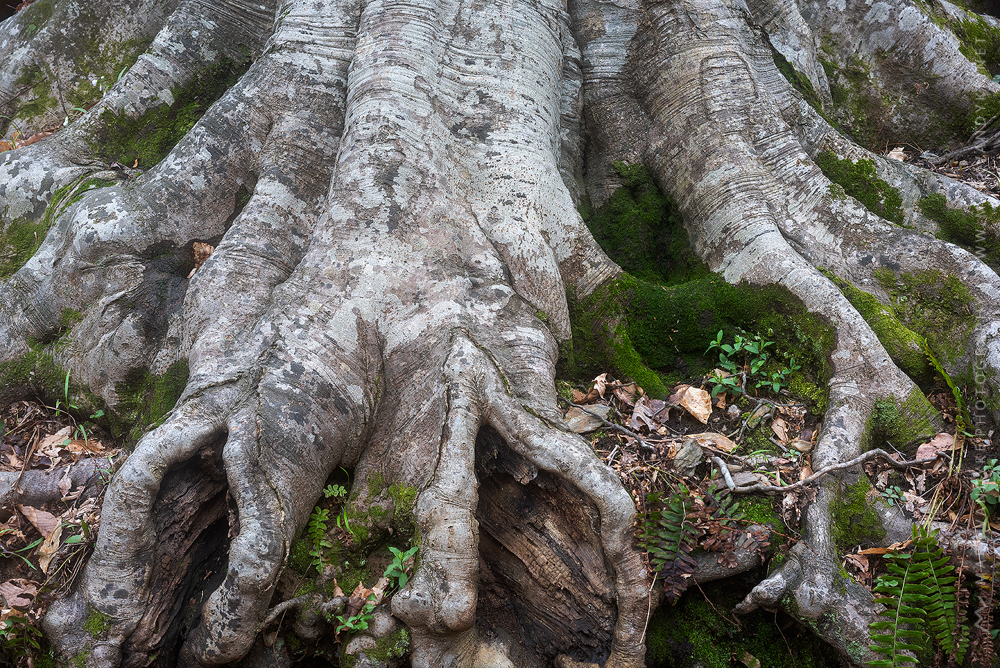
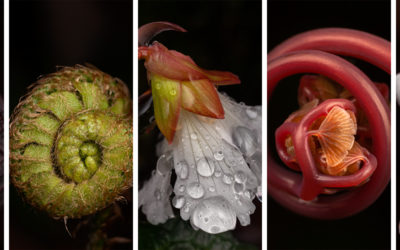
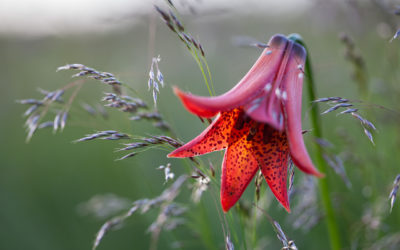
0 Comments